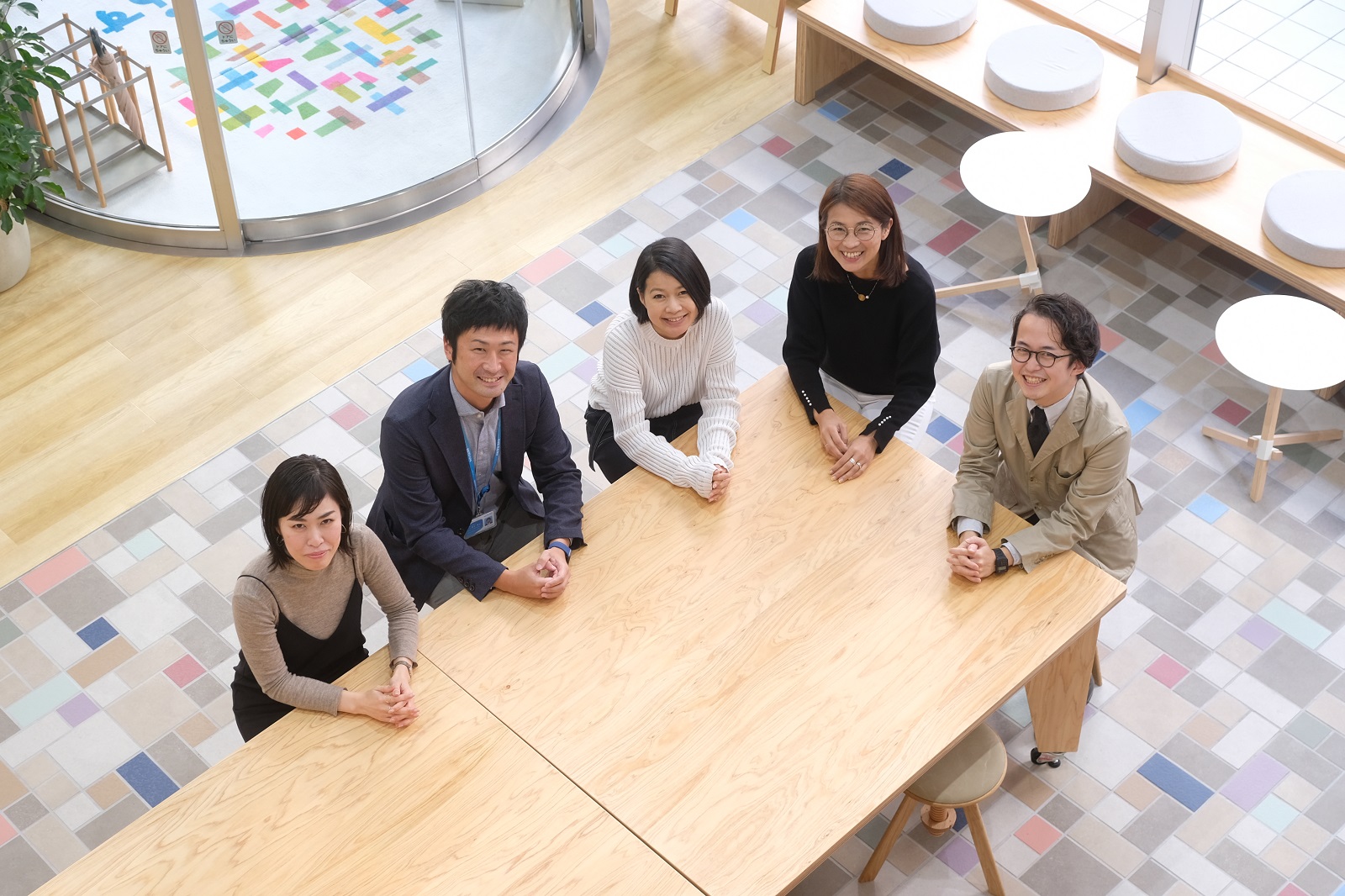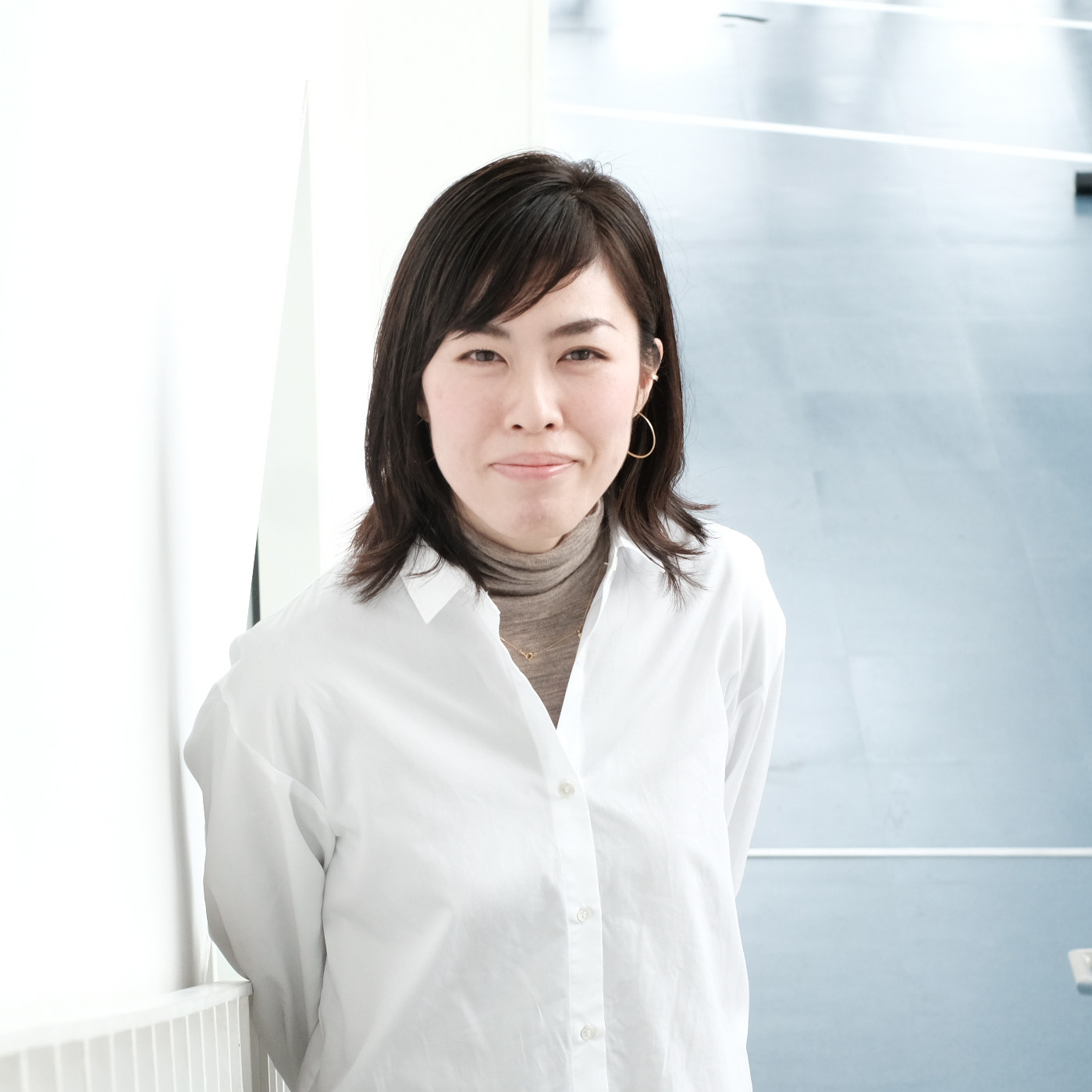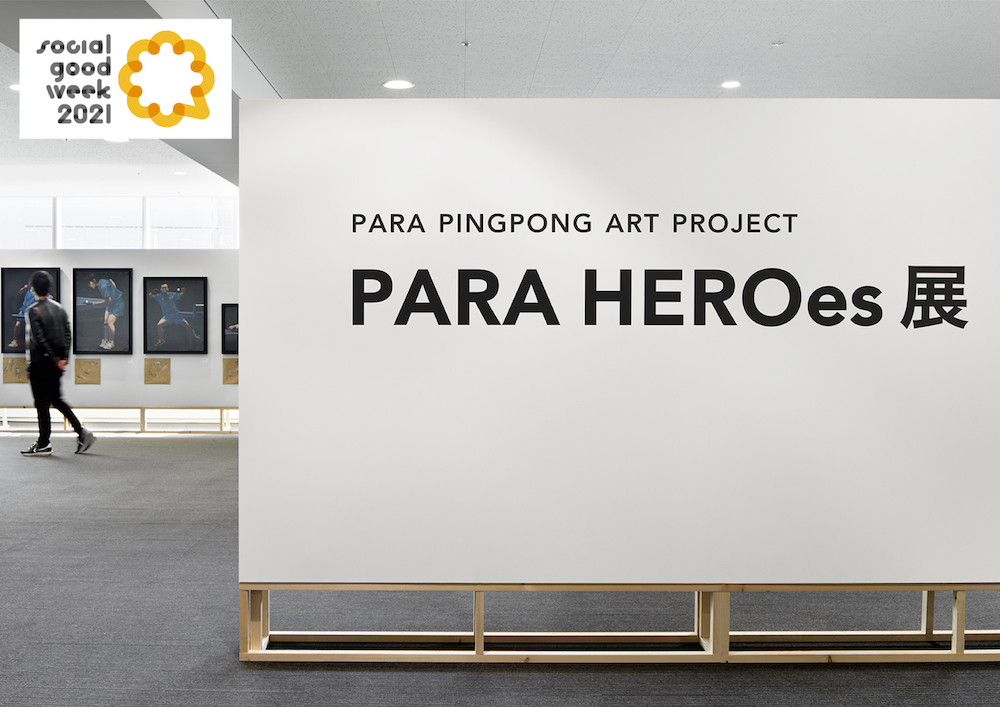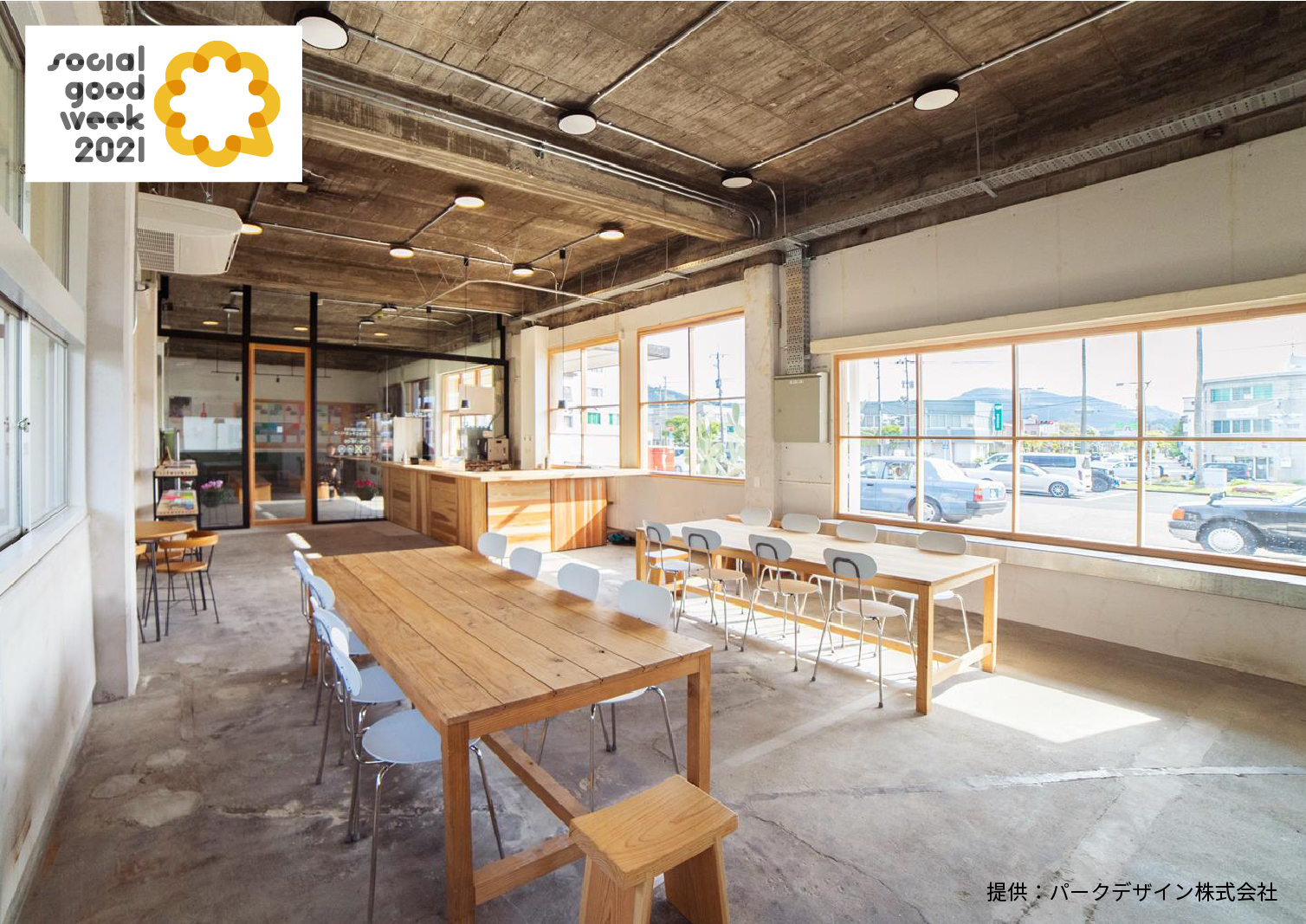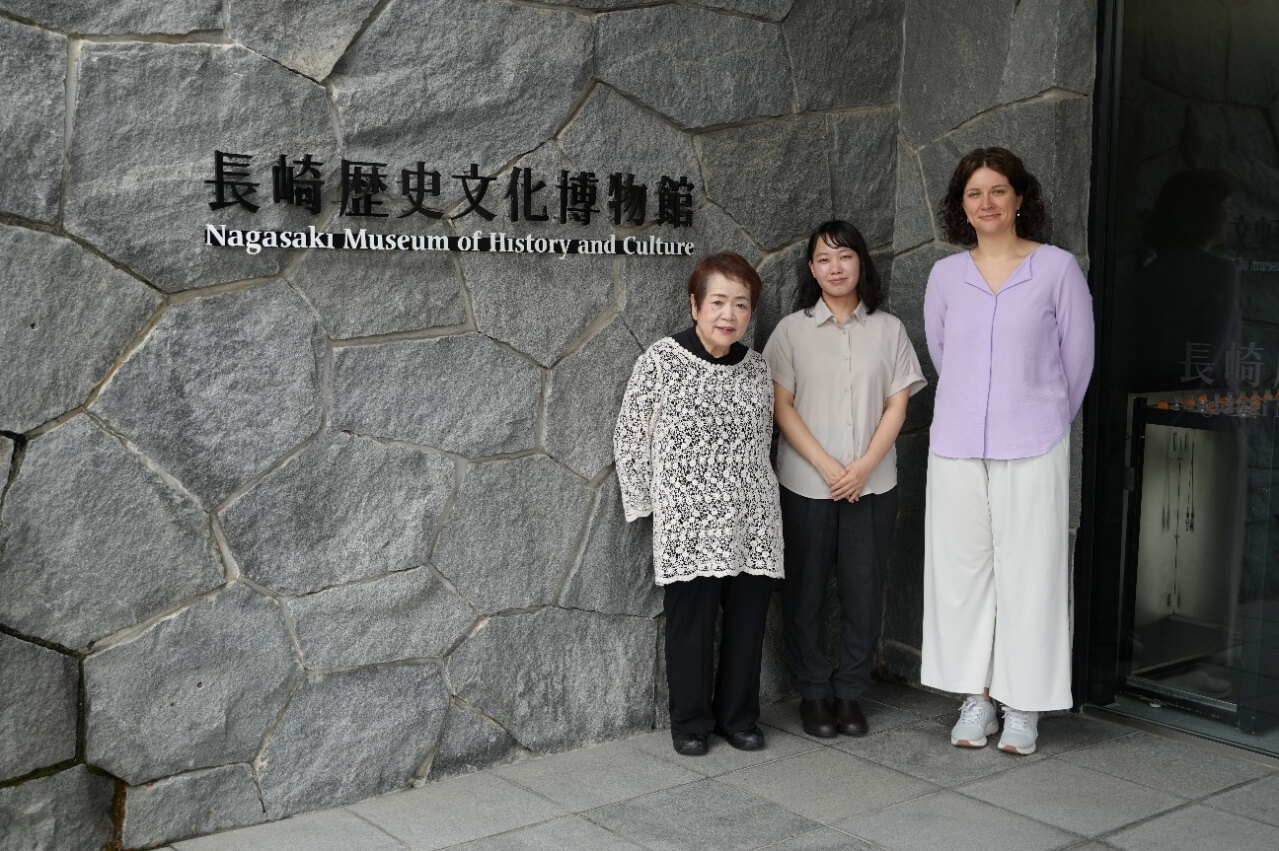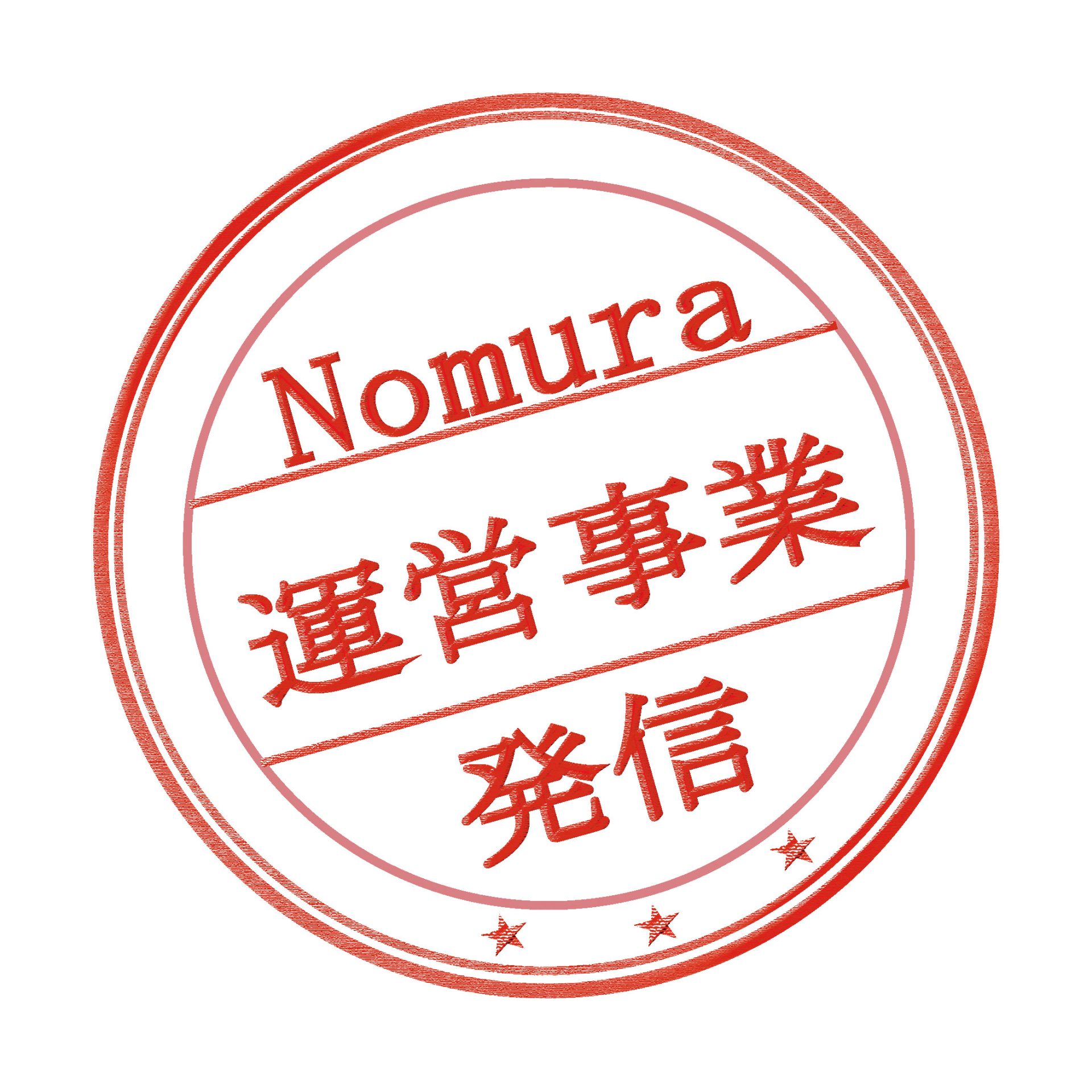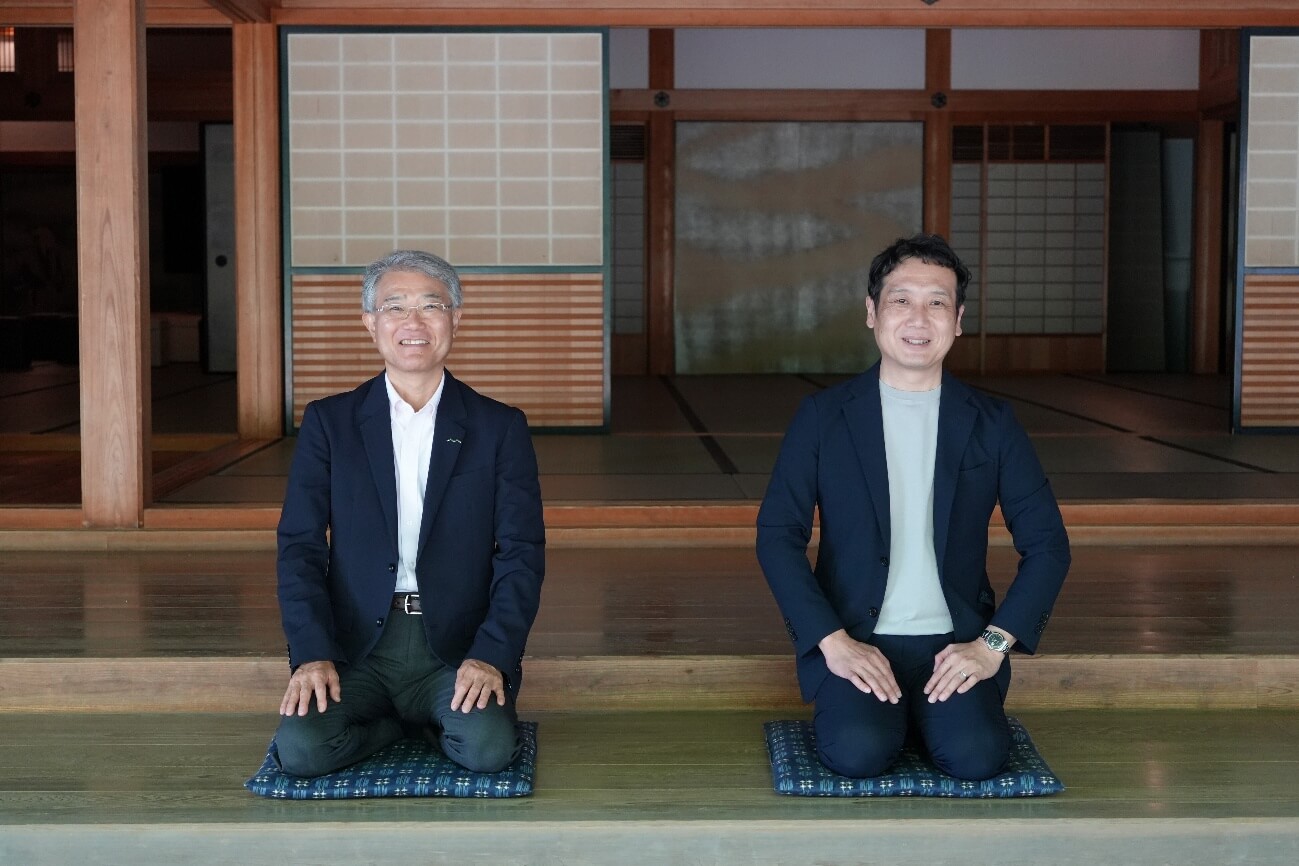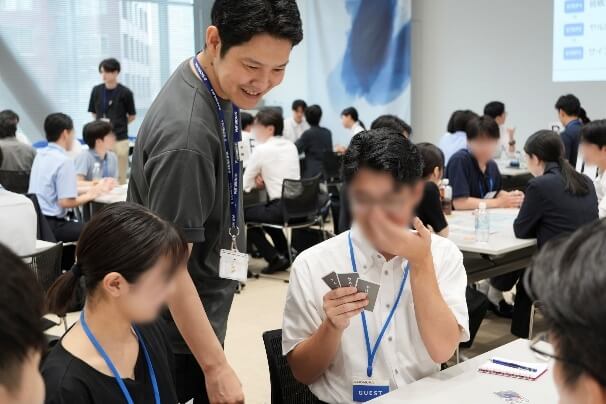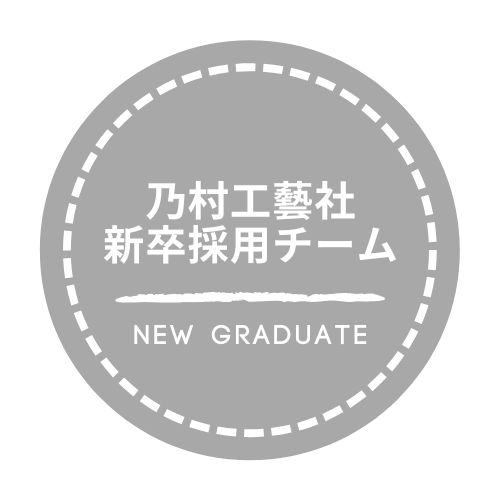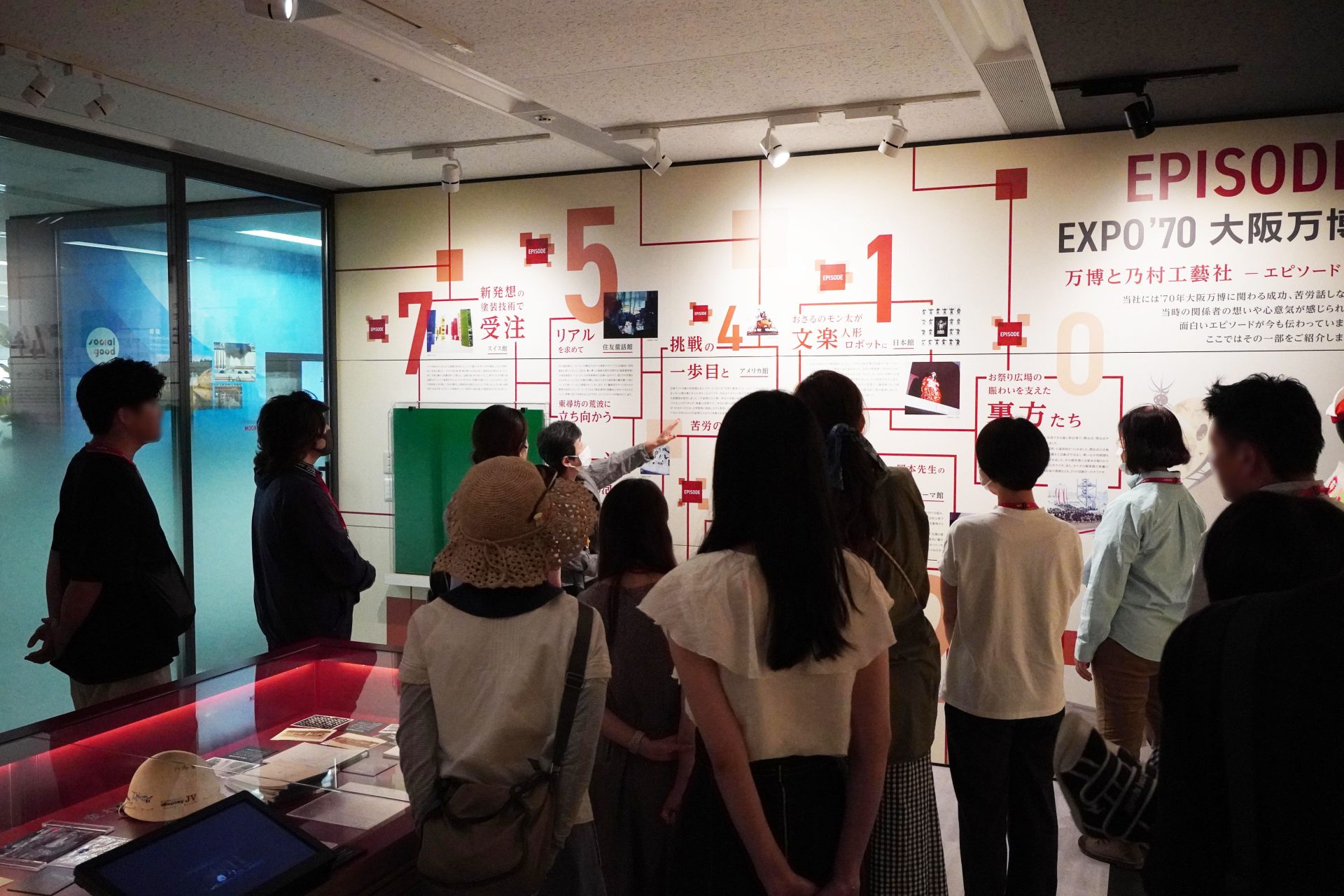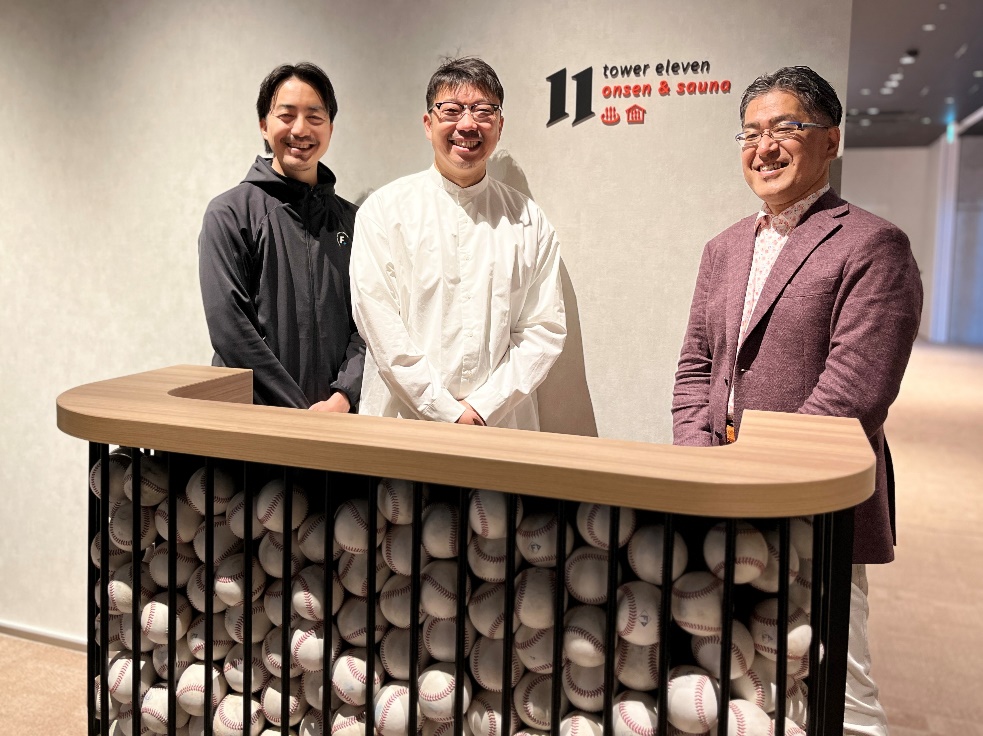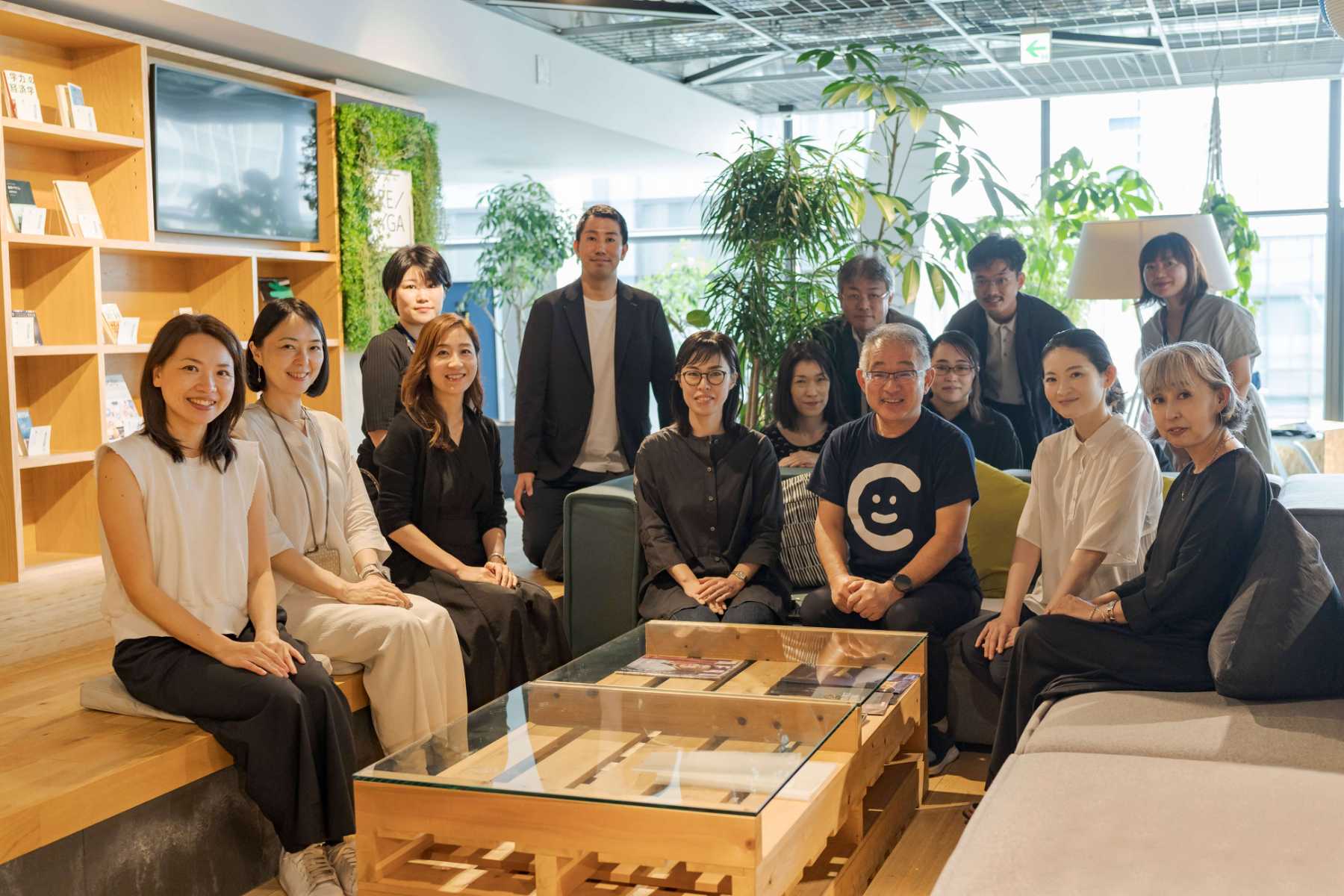
nomlog TALK
inclusive
The region, the society,
the world changes
2023/09/27
- text and edit by
- nomlog editorial department
nomlog (nomlog) has started a talk event "nomlog TALK" where guests discuss topics that are currently hot in society with the aim of "media that creates connections."
The theme of the first round is "Thinking about inclusiveness *." On August 28th, we invited Mr. Irobe, director of Shelter Inclusive Place Copal (hereinafter referred to as Copal), a children's play facility in Yamagata City, to our company.The first half was a special talk about the unique charm of Copal, and the second half was about inclusion. We held a roundtable discussion with members who promote research activities under the theme of ``&Art''.
With the theme of "What is inclusiveness?", we will report on a dialogue between Director Irobe, who sincerely faces inclusiveness through the management of Copal, and employees NOMURA Co., Ltd., who are beginning to take steps to incorporate an inclusive perspective in the creation of all kinds of spaces.
*Inclusive means to include or embrace everything. An inclusive society is a society where all people can respect each other's human rights and dignity while accepting various differences such as disability, gender, sexual orientation, race, etc., and this time we will talk about design and facility management. Let's talk about inclusiveness.
*This article provides a digest version of the first half and the contents of the second half.
nomlog TALK Guest
Director of Shelter Inclusive Place Copal, a children's play facility in southern Yamagata City
Mr. Masatoshi Irobe
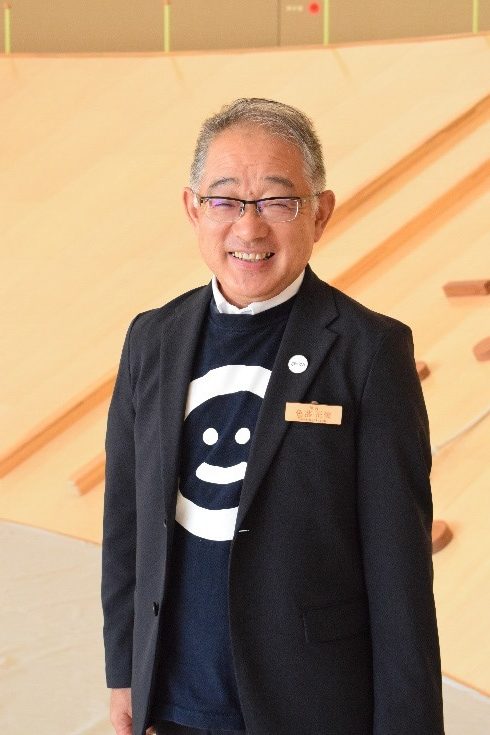
Director of Copal, an inclusive facility that welcomes children from all backgrounds and positions. To date, the museum has welcomed approximately 230,000 people, including visitors from 21 overseas countries and 40 prefectures nationwide, as well as people from local communities and schools. “Each person’s smile” gives them the vitality to work.
<Interlocutor>
NOMURA Co., Ltd. Co., Ltd.
Creative Headquarters 1st Design Center Design Department 4
Concurrently) Business Production Headquarters Future Creation Research Institute
designer
Mari Matsumoto
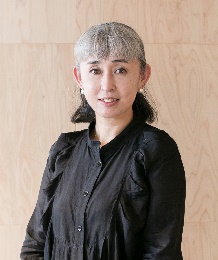
Focusing on creating spaces for children and adults, we work with users and other parties involved to design places where everyone can spend a comfortable time. A diverse group of people will work on designing spaces and experience programs based on the theme of ``connecting with society and the world and encountering new values through cultural and artistic experiences.''
Related article: Working together with local residents from planning to creating a station building that everyone can enjoy comfortably
Creative Headquarters Planning Center Planning Department 1
planner
Naomi Kajimura
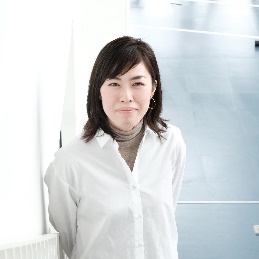
Starting with communication design that embodies business messages, we conduct planning in multiple fields such as showrooms, commercial complexes, and hotels. His personal theme is to create operational systems through co-creation with a variety of people, with the aim of ensuring the sustainability of spaces.
Past articles:
Escape from the showroom! KeiyoGAS Community Terrace (nickname: Terrace) is a corporate facility that grows with the community.
What possibilities are hidden in real space? (first part)
Creative Headquarters Planning Center Planning Department 3
planner
Wakako Satake
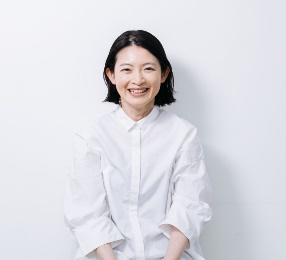
We plan exhibition spaces mainly for cultural facilities such as museums and science museums. I am also involved in planning and implementing inclusive workshops with a variety of users, and am studying to create facilities that are popular with the local community and expand their possibilities.
Past articles:
Reasons to go to a museum: The museum shop is the intersection of smiles and desire! ? ~
A place for learning is always open
<Facilitation>
Creative Headquarters Planning Center Planning Department 1
Planner/ nomlog Editor-in-Chief
Satoko Yokota
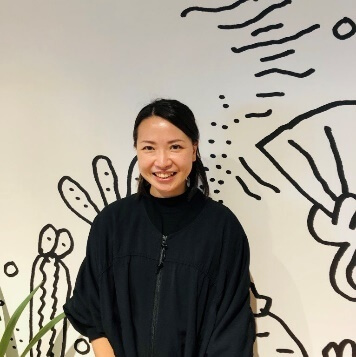
*Event planning and text: Satoko Yokota (nomlog Editorial Department)
*Planning promotion: Junichiro Yoshida, Kurumi Shima/Yuhei Soeda, Mina Rokka (nomlog Editorial Department)
Part 1 Director Irobe × nomlog special talk
“A facility that is currently a hot topic! The charm of Copal
Copal is a facility that opened in April 2022 in the southern part of Yamagata City and is based on the concept of ``architecture that makes everything look like a park,'' where you can play freely even on rainy days and during the winter. As a space for play and learning that is open to all children, regardless of their disability, nationality, or family environment, we have won numerous awards such as the 64th BCS Award and the 2023 Architectural Institute of Japan Award. This is a popular facility that attracts over 15,000 visitors.
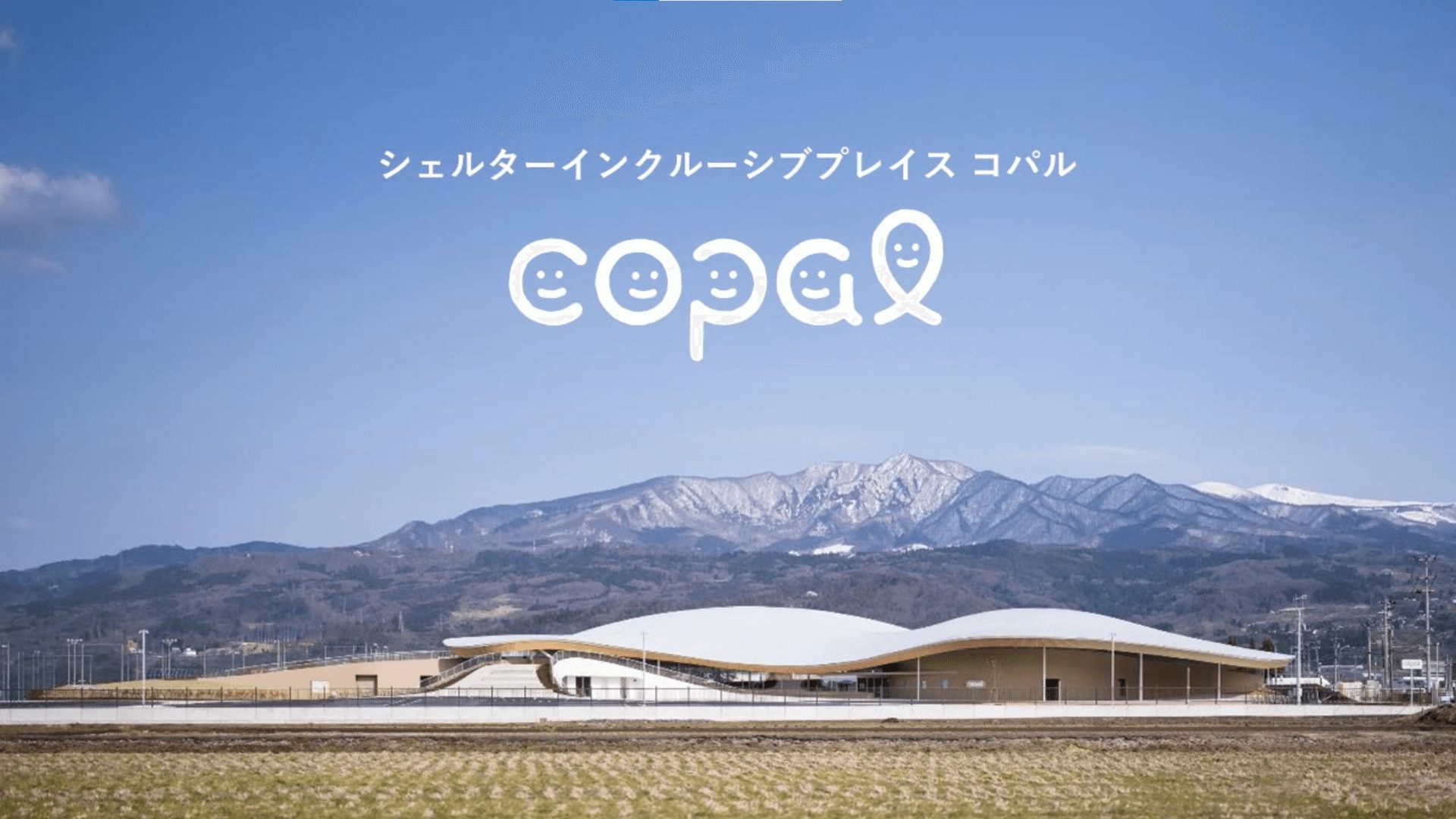
This event was made possible when nomlog Editor-in-Chief Yokota went on a tour of Copal and was drawn in by Director Irobe's story and personality, and asked him to come to Tokyo. In addition to the listeners gathered at the real venue, about 140 employees watched online, and the audience talked about a wide range of topics related to Copal, such as what Copal aims for, the history behind the construction of the facility, and the behind-the-scenes story behind the birth of "Copal Falls." I did. Among them, ``Copal's idea of inclusiveness'' was an eye-opening and innovative idea.
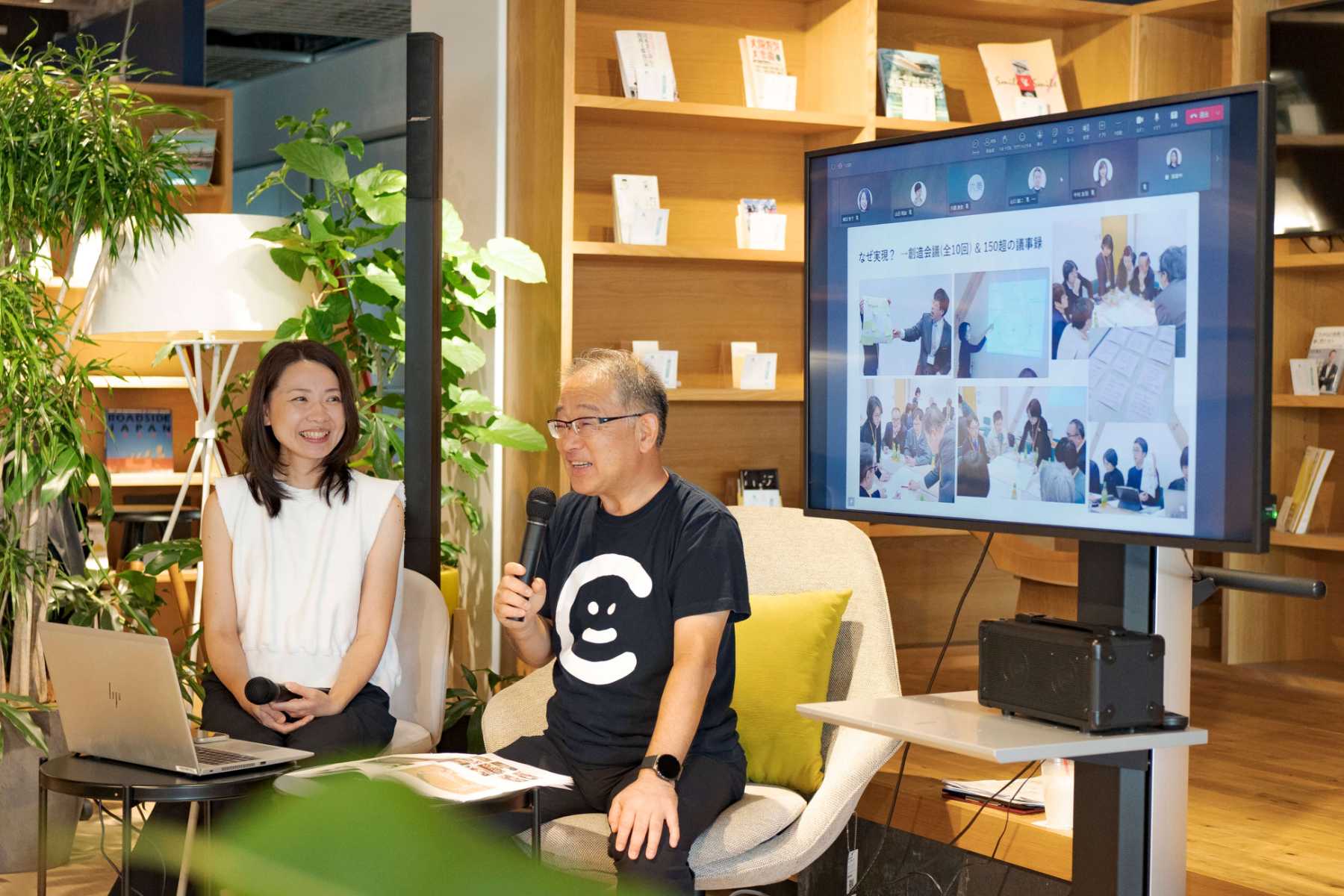
Mr. Irobe
Copal's concept of inclusiveness begins with being close to a specific person. For example, everyone can imagine the smiles of ○○-chan in a wheelchair, 〇〇-kun who is blind, etc. and discuss them. Each circle that starts from the individual joins together to create something good for everyone, which is what we express as ``to all people.''
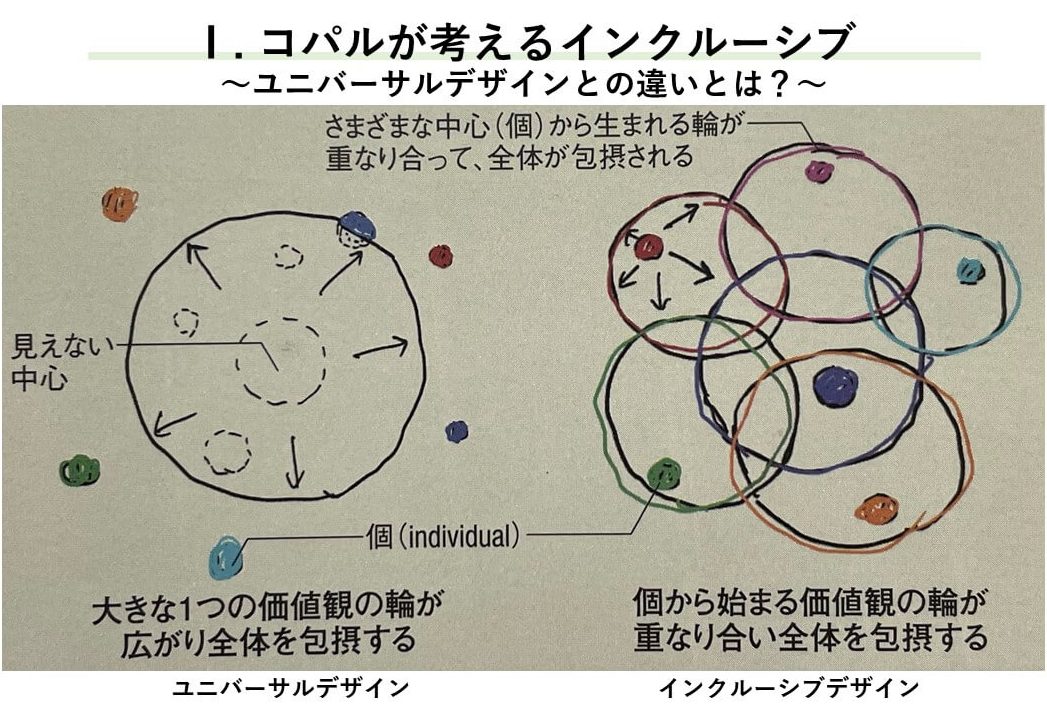
The road to opening a business involves various steps, including major plan changes, expert meetings involving local people (10 times), and regular and extraordinary meetings for design, construction, operation, and maintenance (with 150 minutes). (More than a book!), and after opening the business, we have been collaborating with child care support centers, cities, companies, universities, etc., holding over 100 free events a year, mainly workshops by citizens, and being a paid volunteer. At times he talked with the listeners and had fun and passionately talked about the creation of the ``Attendant'' system and the involvement of a diverse range of people in the construction of facilities.
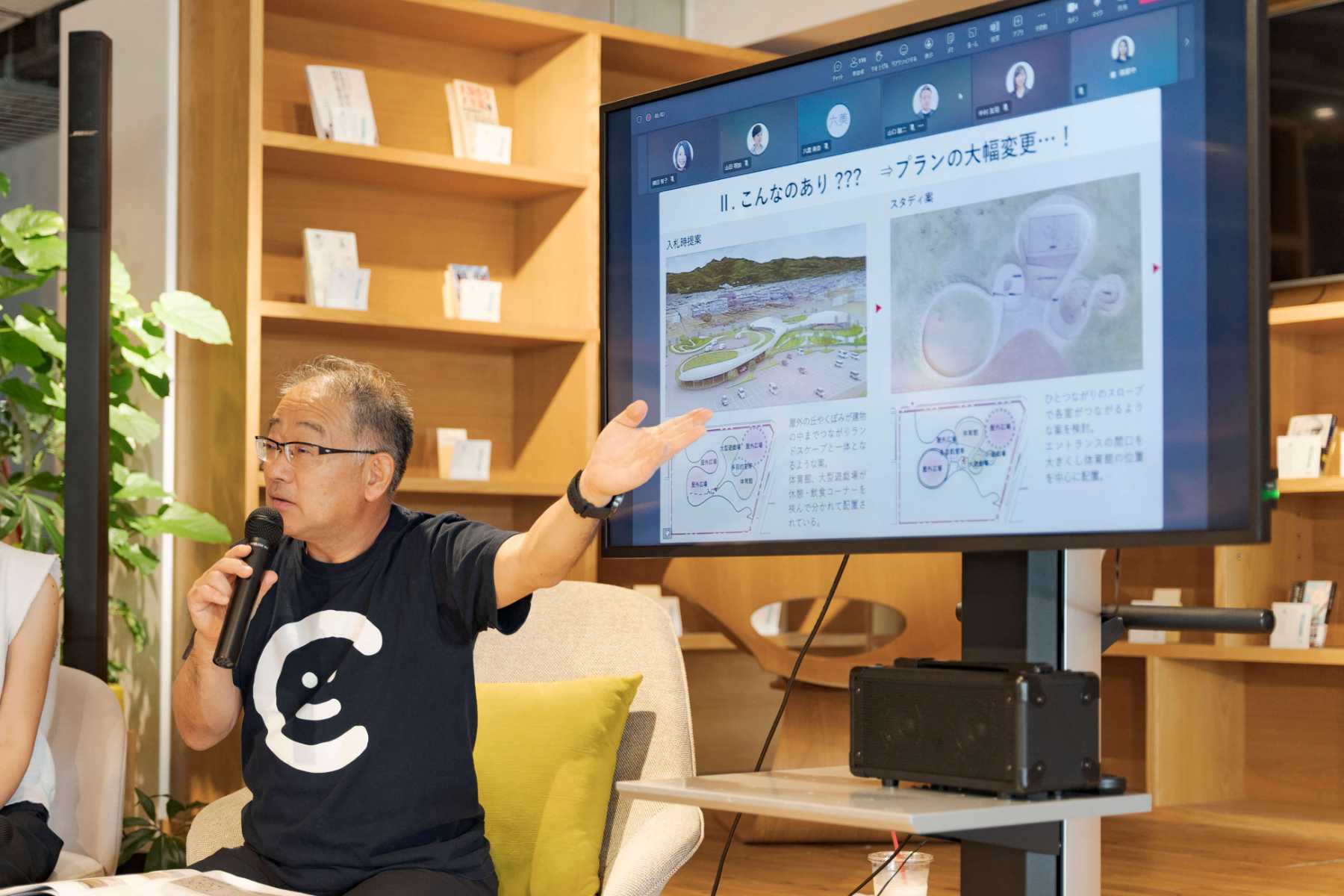
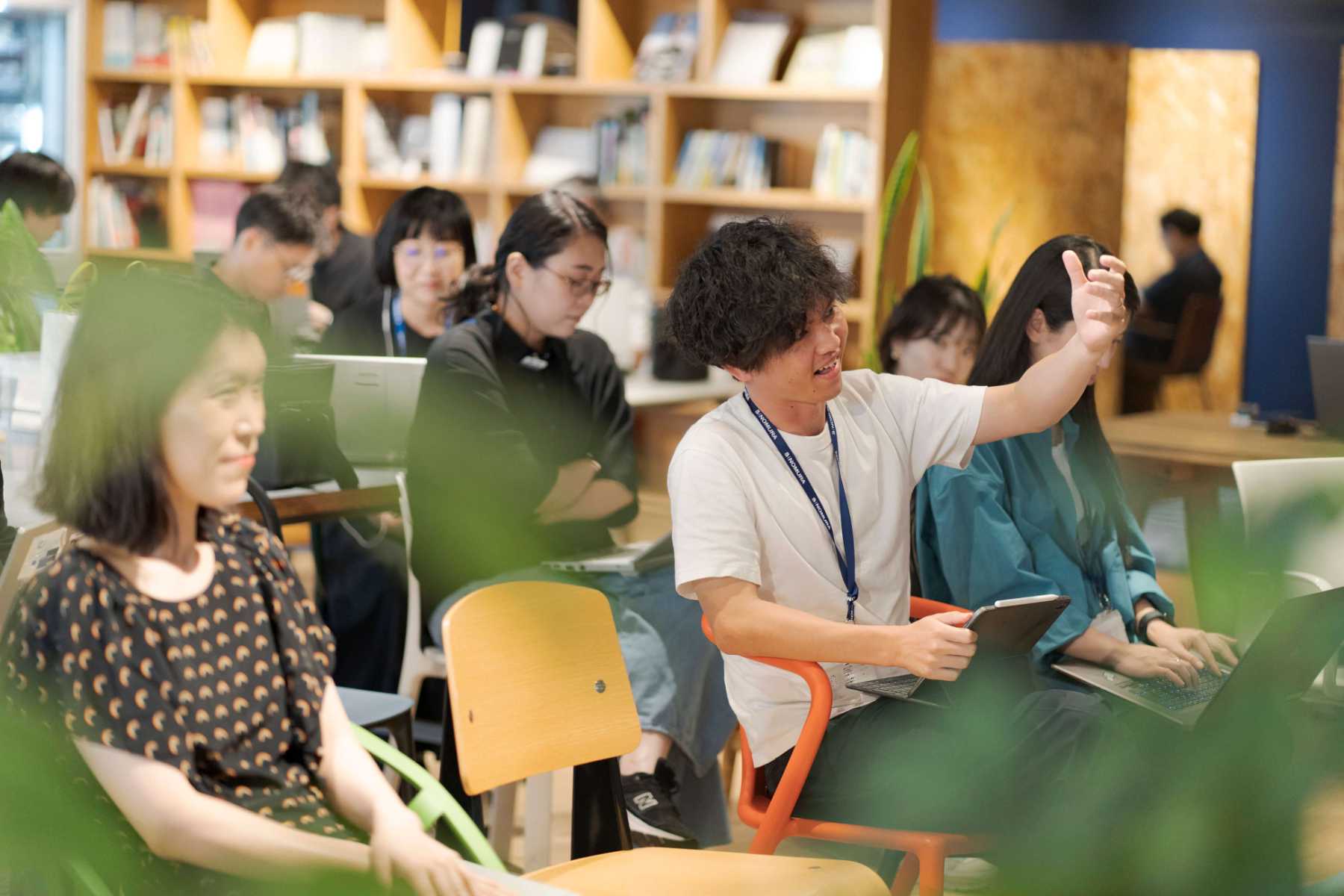
It seems that there were many crises within the project team during the planning process, but what kept the team together was Mr. Irobe's insistence on being ``inclusive.'' We will introduce this question in detail in Part 2, ``What is inclusiveness?''
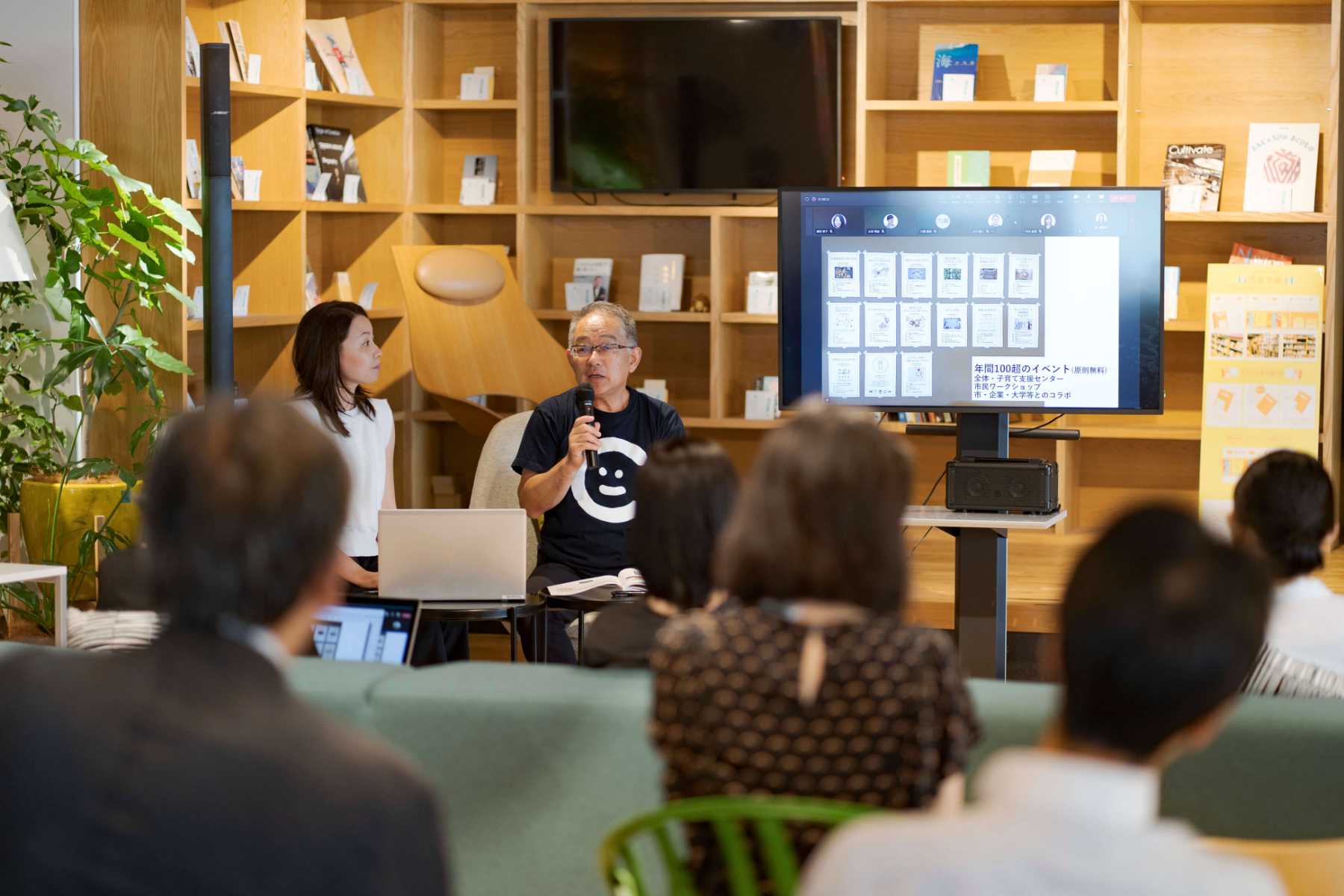
Part 2 nomlog roundtable discussion
“Thinking about inclusiveness”
Approximately 30 employees who were fascinated by Director Irobe during the special talk in the first part gathered around him and had a conversation about "inclusiveness."
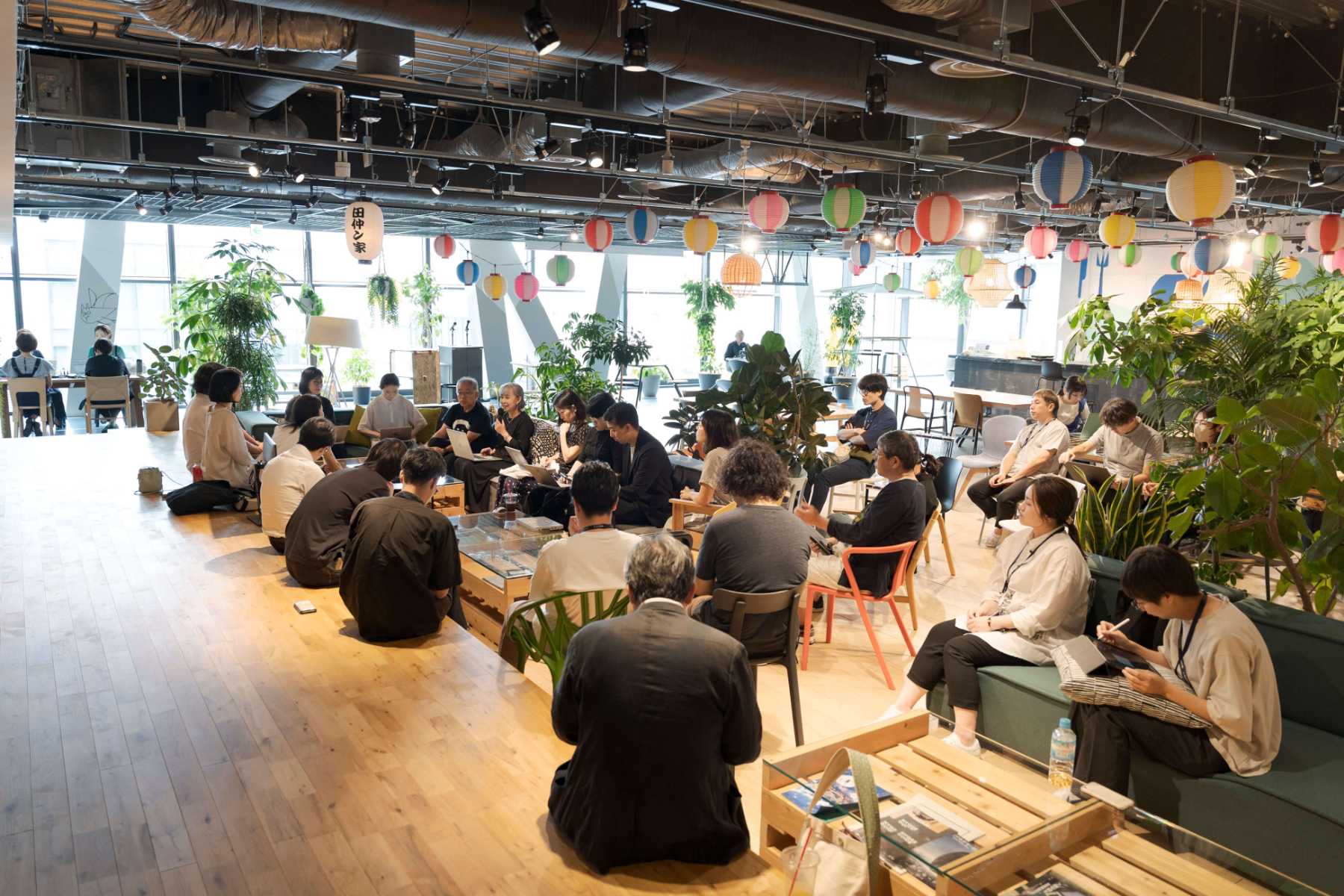
Yokota
Mr. Irobe, thank you very much for your valuable talk in Part 1. From now on, I would like to have a conversation with three people who represent our company about what we think and what questions we have about inclusiveness based on our mutual experiences. First of all, please allow our members to introduce themselves.
Kajimura
In my position as a planner, I worked on corporate showrooms, etc., but a few years ago I was working on renovating a community facility as part of a promotion, and after experiencing the creation of a facility that local people visit every day, I started thinking about inclusion. I started thinking about it. I work in the same R&D team as Matsumoto.
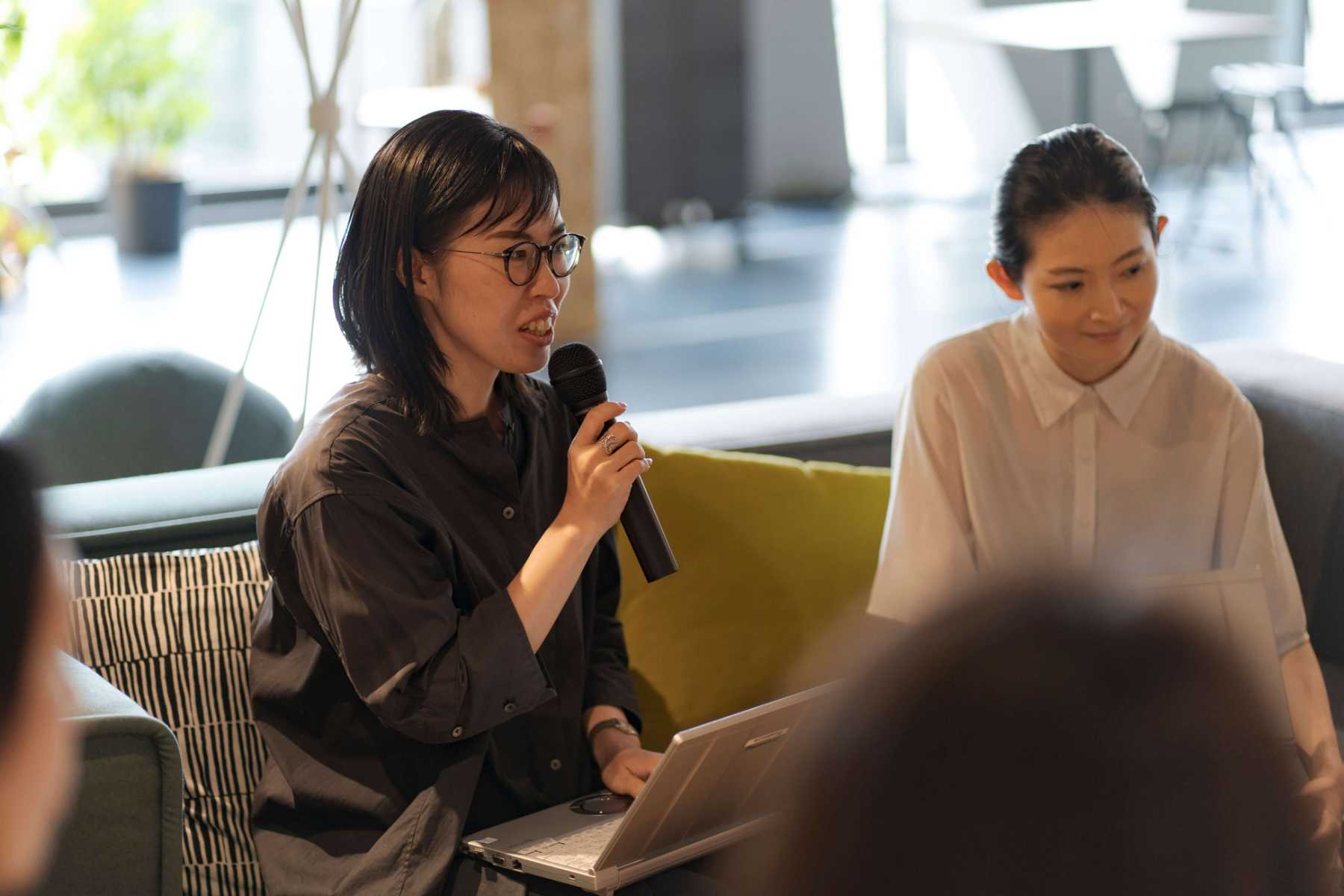
Satake
I often work on museums, learning facilities, science centers, and museums, so I would like to think about inclusiveness together from that perspective as well.
Matsumoto
While belonging to the design department, I also serve as a department that promotes social good R&D. Among these, we are creating various research, development, and learning opportunities with the theme of "Art & Inclusion".
What our team would like to take on the challenge of creating a place is that instead of creating a facility concept between the client and the design team as usual, and then handing it over to the management team, we start with the design process. This is the process of creating the foundation of a facility together with all kinds of people, including people involved in the project from the beginning, residents, and the management team that will be involved after the project opens.
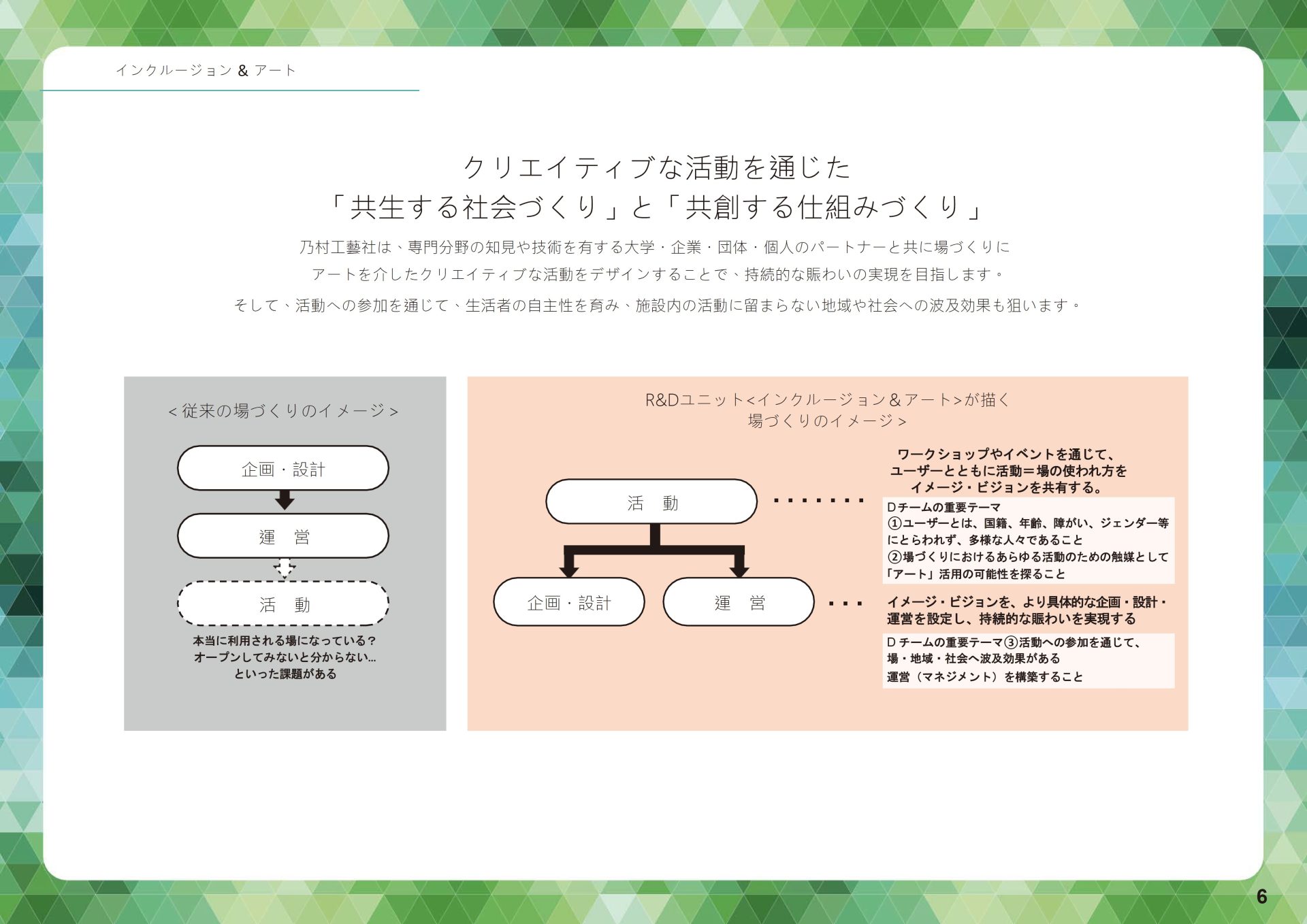
I really resonated with Mr. Irobe's talk today about the process of the Future Creation Council that was repeated many times at Copal, and that this is where inclusion begins. Another theme, ``art'', is something that moves the hearts of many people, and we believe that it is a communication tool that allows people to freely share their thoughts, and we are researching its possibilities and usefulness. This is where I am.
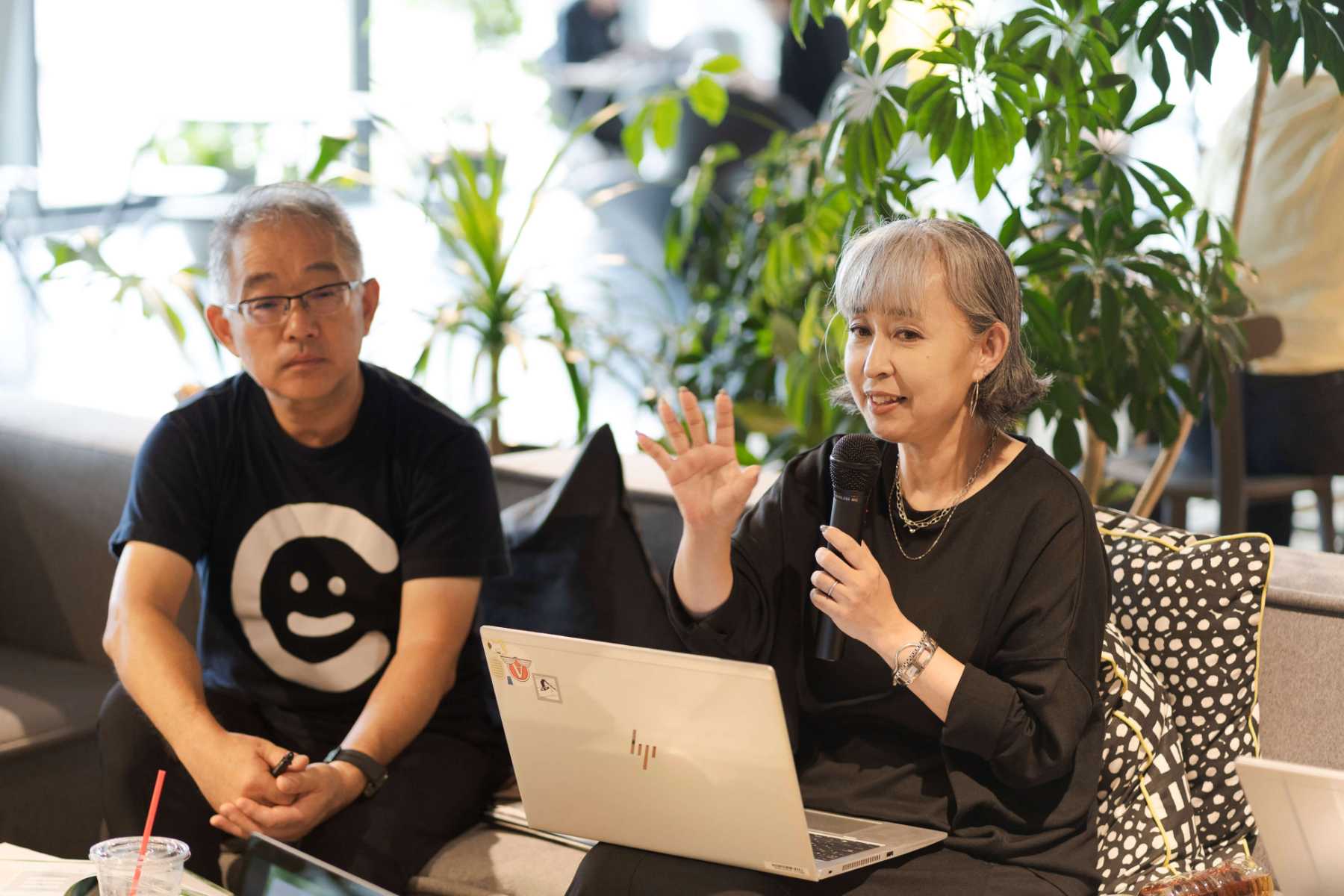
As an example of our activities, we have been accepted as a member of the Tokyo University of the Arts consortium, and together with participating companies, we are taking on the challenge of creating a ``coexistence society'' across Japan. We hold seminars inviting members to our headquarters, create opportunities for discussion and interaction with participating companies, and carry out a variety of other initiatives.
[Examples of initiatives]
R&D seminar
An art communication co-creation base that creates a "coexistence society" through industry-academia collaboration
https://www.nomlog.nomurakougei.co.jp/article/detail/189/
Art workshop program for park revitalization
Senri Central Park Art Workshop “Find Color and Create Color”
https://www.nomlog.nomurakougei.co.jp/article/detail/187/
https://www.nomlog.nomurakougei.co.jp/article/detail/215/
Program design and management to solve accessibility issues at art festivals
ARTBAY TOKYO ART FESTIVAL 2022
https://www.nomlog.nomurakougei.co.jp/article/detail/188/
Yokota
Mr. Irobe, who runs Copal every day from an inclusive perspective, what is your impression of our R&D activities?
Mr. Irobe
Everyone who has come to Copal from NOMURA Co., Ltd. is a really nice person, and I feel that the company's 131-year history is a big strength of the company. We are where we are today because of the countless individuals who have connected with various companies and projects, and each of whom has gained trust one by one. That's why so many companies and organizations are participating in the project with Tokyo University of the Arts, and when we think, ``Let's do something new,'' we say, ``Oh, if it's with this company, we'd definitely like to do it together.'' ” I thought there was no other company that could do such a dynamic initiative that brings everyone together.
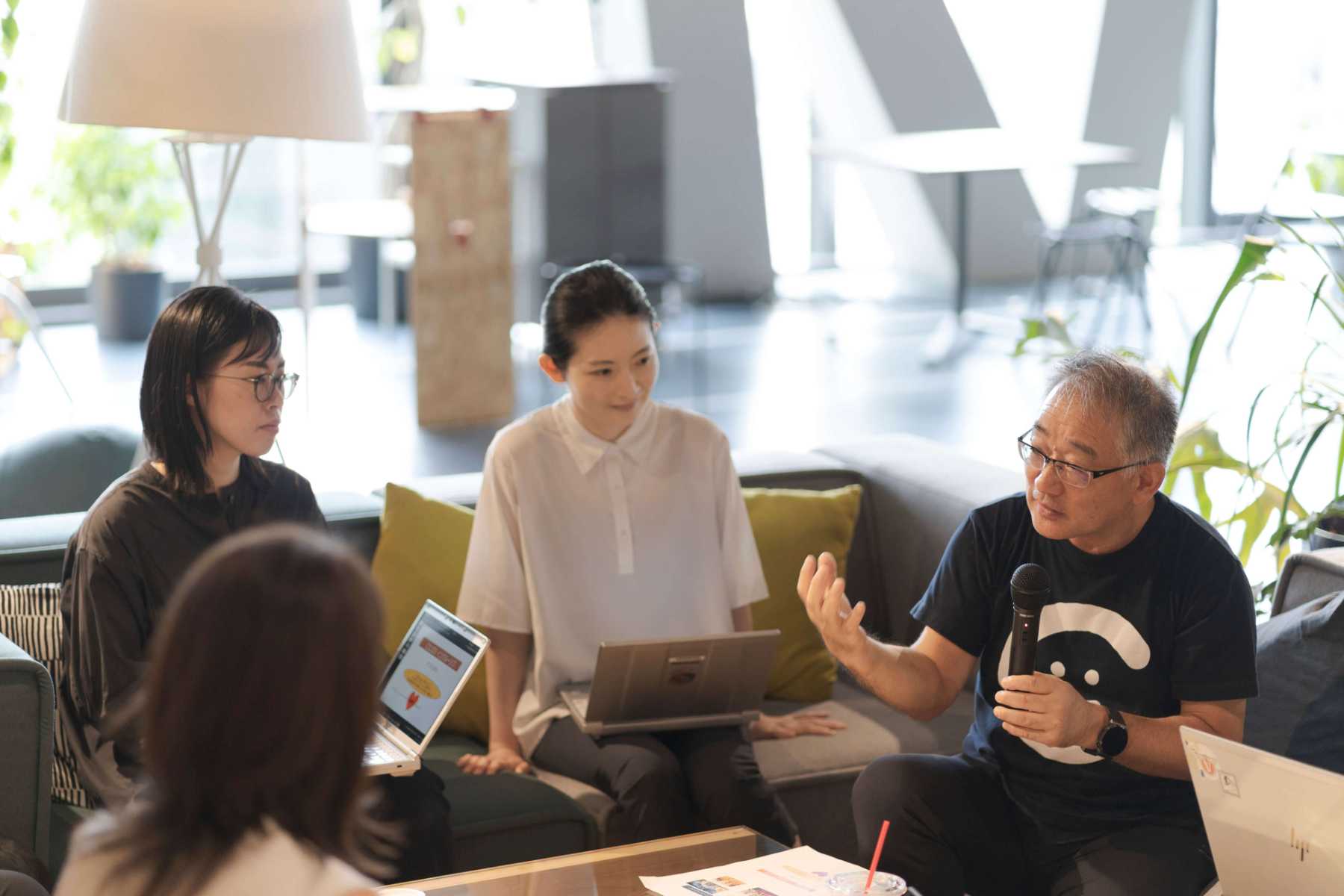
Yokota
thank you. Next, Mr. Irobe will talk about his thoughts on "inclusiveness" based on his experience at Copal.
Mr. Irobe
Actually, I only recently learned about the word "inclusive"...Before I became director, I had a completely different job, and a year before the museum opened, I unexpectedly changed jobs. That's when we first started asking, "What is inclusive?" I'm just saying that this is how I've been thinking through Copal, so I'd like to hear your thoughts on a wide range of inclusive issues.
“Inclusive” is a difficult word to describe. When I show people around, only about 10% of them know the word "inclusive," and I feel that it's still not widely used in the world. However, my thoughts are that Copal is not the only special area that is inclusive, but rather that Copal should spread the word about inclusiveness. This is because I believe that when children enter a new group for further education or employment, if they have even the slightest idea of this, they will be able to build better interpersonal relationships. Therefore, I would like to actively engage with people at universities, high schools, junior high schools, elementary schools, special needs schools, etc.
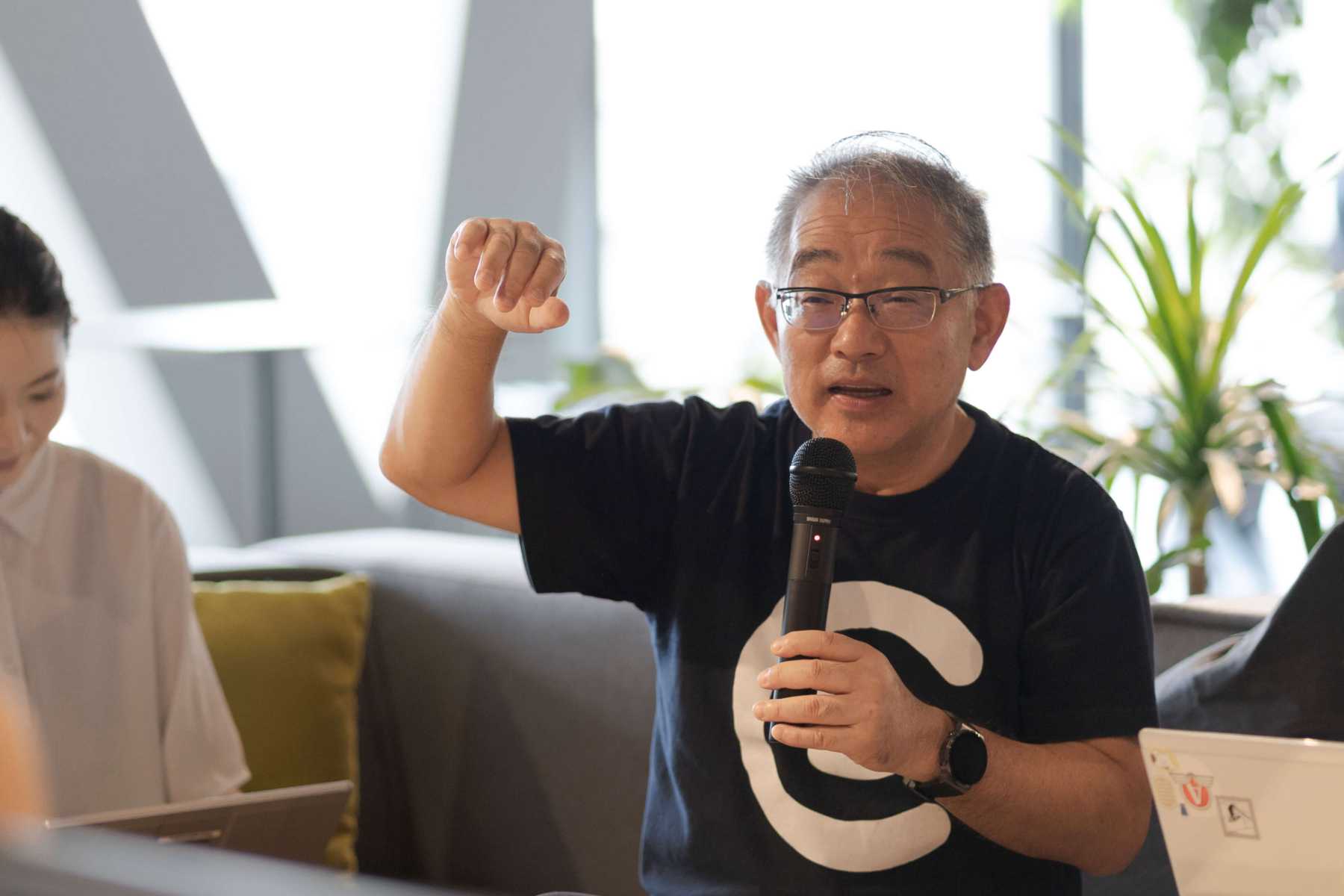
In order to talk to you about inclusiveness this time, I thought it would be better not to make the word "inclusive" any more difficult or complicated, so I would simply divide it into two categories: "form inclusive" and "heart inclusive". Saw.
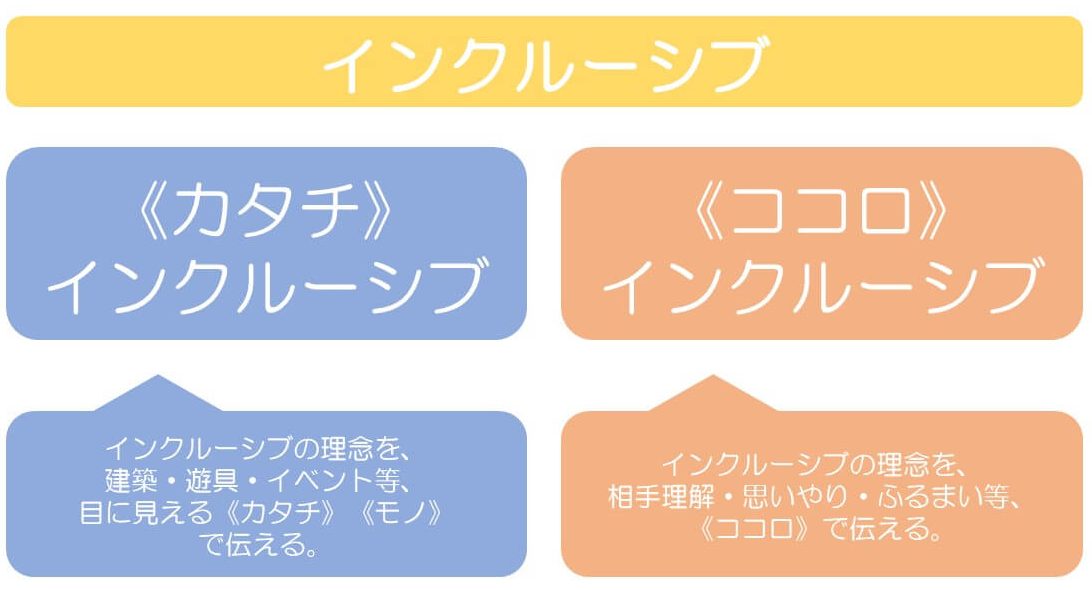
``Shape-inclusive'' refers to the architectural design and functionality of slides, handrails, and baby rest rooms. The rest is what I put in as an item.
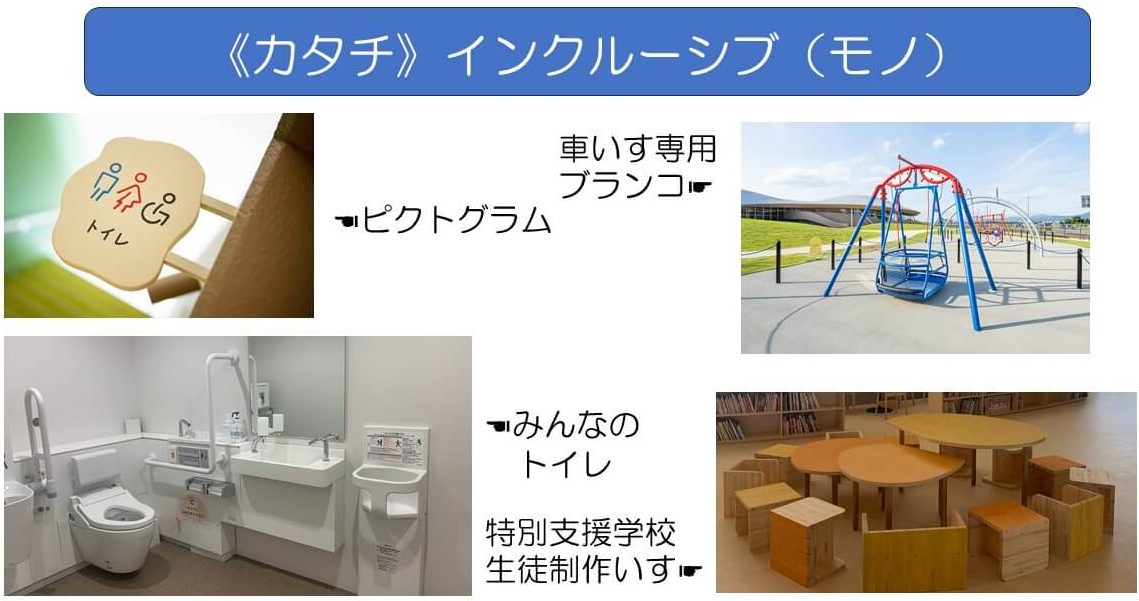
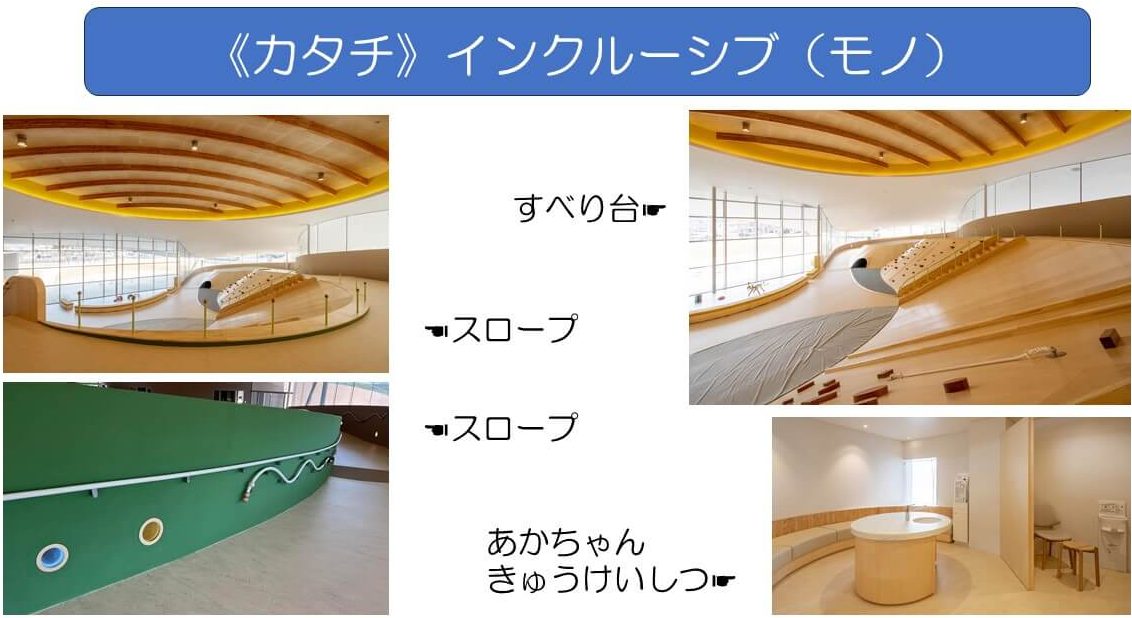
And we need to make it inclusive in the form of events. For example, the sign for Copal's disabled parking lot had a different color and design, and it took four months to decide on it. We had everyone come together and paint the items so that children with disabilities would have some ideas for what they would use. I also participated in Yamagata's famous Hanagasa Festival in a wheelchair, and collaborated with a company on a video production event.
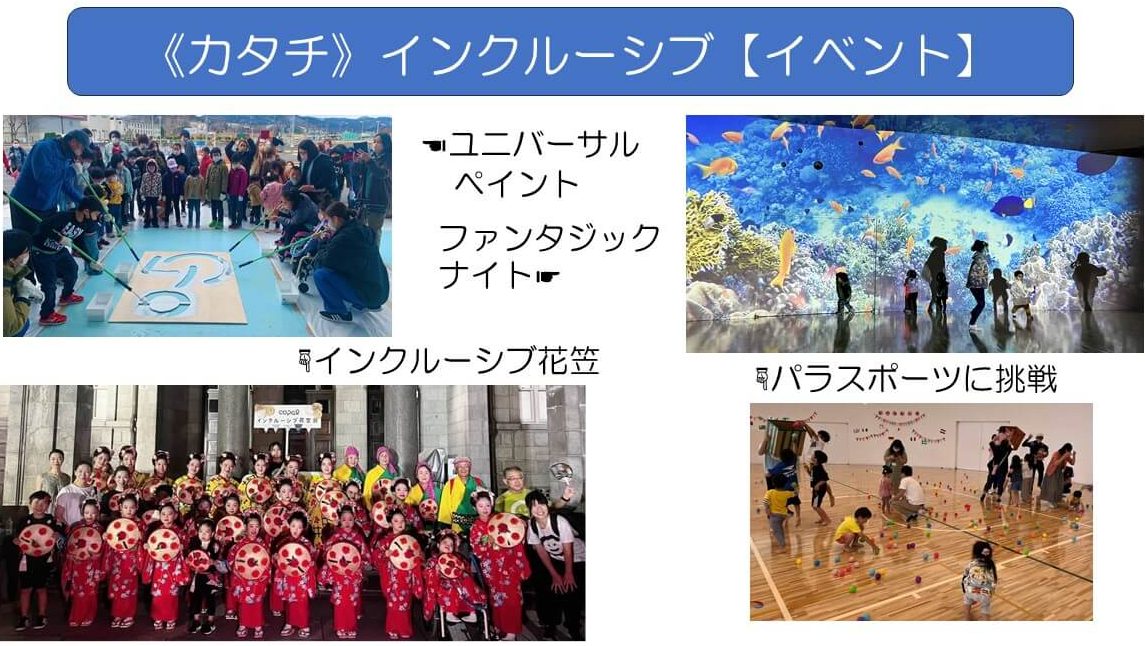
What I feel is even more important is "Kokoro Inclusive." No one can see anything concretely, but it's inclusive and connected in some way. Inclusiveness is not about something far away, but about understanding the people next to you and in front of you. We strive to understand not only the visitors, but also the staff, the citizen attendants, and the trainees. I believe that even if someone's ideas are opposite to yours, you can sometimes see the good in the other person by inferring their background.
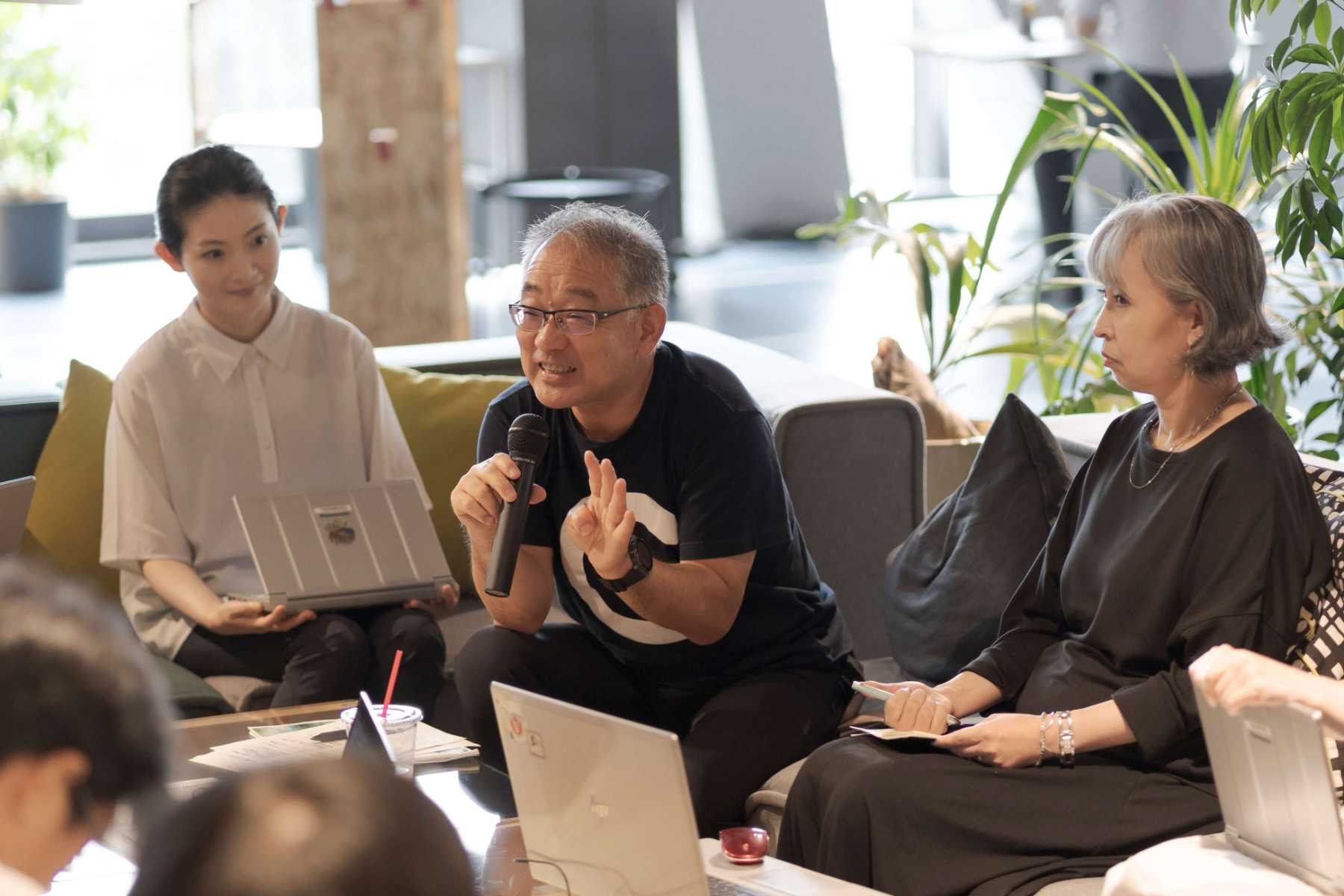
"Inclusive" is something that the people who visit feel it, and we don't know how it gets across. Therefore, we have no choice but to make decisions based on the opinions of various people, but one visitor said, ``The scale of Copal was amazing.But most of all, the staff's treatment was inclusive.'' I was happy to feel that it was truly inclusive.
No matter how wonderful the architecture is, what is truly inside is what is most important: ``emotional inclusiveness''. Since pure feelings are expressed and conveyed through various actions and words, I think the answer to the question "What does it mean to be an inclusive professional?" is "pure feelings."
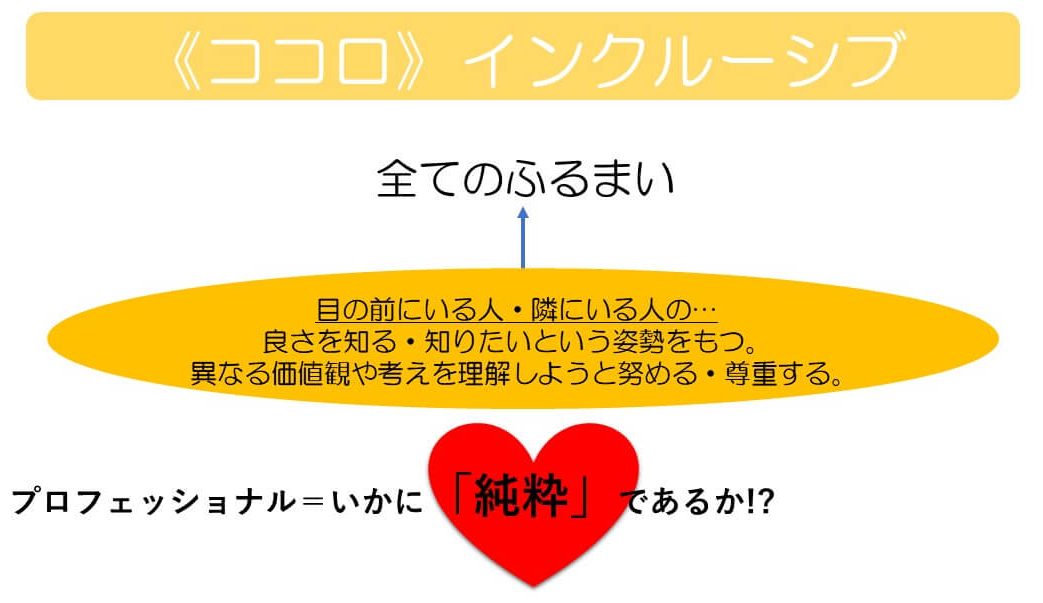
Yokota
It was a heart-inclusive story that really touched my heart. Now it's time for dialogue. I hope that everyone will be able to speak positively.
Satake
When I went on a tour of Copal, I was surprised at how much freedom there was, as there were no instructions on how to play or age restrictions. What kind of consideration do you give to inclusivity when communicating information?
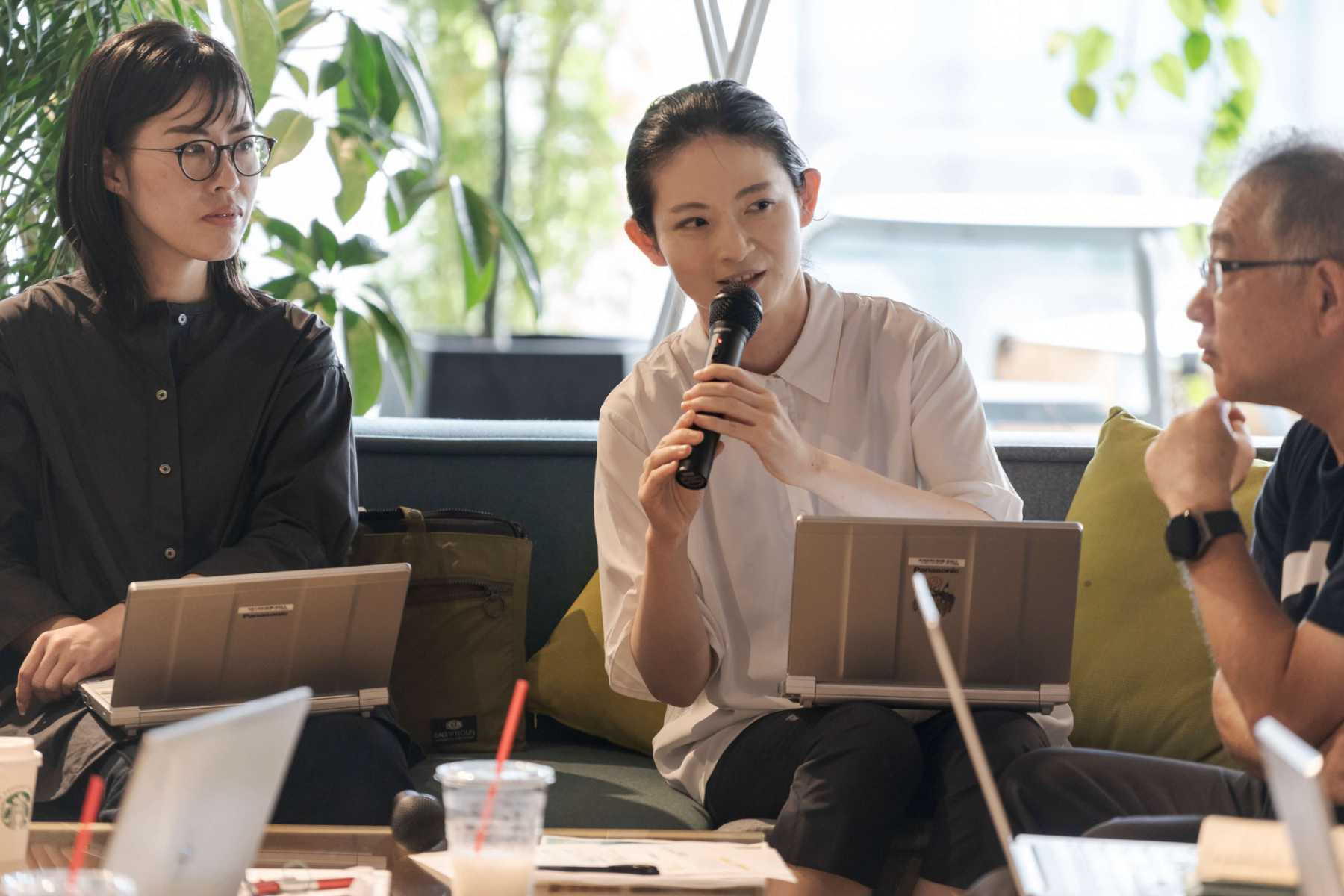
Mr. Irobe
First of all, this is a ``field and mountain'', so you don't think that you shouldn't do anything here. I guess your stance is to not think too hard and just play freely.
Kajimura
I don't think you are trying to tell the children that ``this is the fields and mountains,'' but please let me know if there are any measures you can take to make the children feel like they are playing in the fields and mountains.
Mr. Irobe
The location and design combine the architecture with the surrounding mountains, so I guess it creates the feeling of being immersed in nature. I think the architecture and slopes are elements of this, but also the staircases are made up of combinations of steps of different heights, and even things that might be considered dangerous are done that way because they are in the fields and mountains. The slide in the playground feels like climbing a mountain, and each person can find a variety of ways to play, so I think it gives people a relaxing atmosphere that makes them feel like they're in nature. .
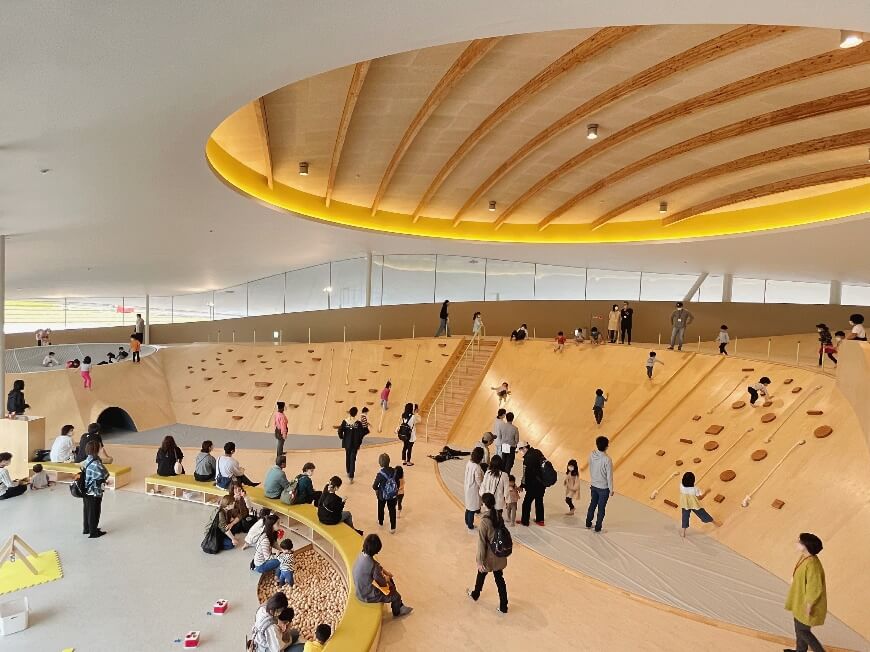
Mika Watanabe (Creative Division 2nd Design Center Design Department 6)
I visited Copal just the other day. I did think there weren't many warnings, and I thought it was an interesting warning to read "For adults, please do not massage the foot pressure points" near the wooden ball pool for babies. Did the management add something like this?
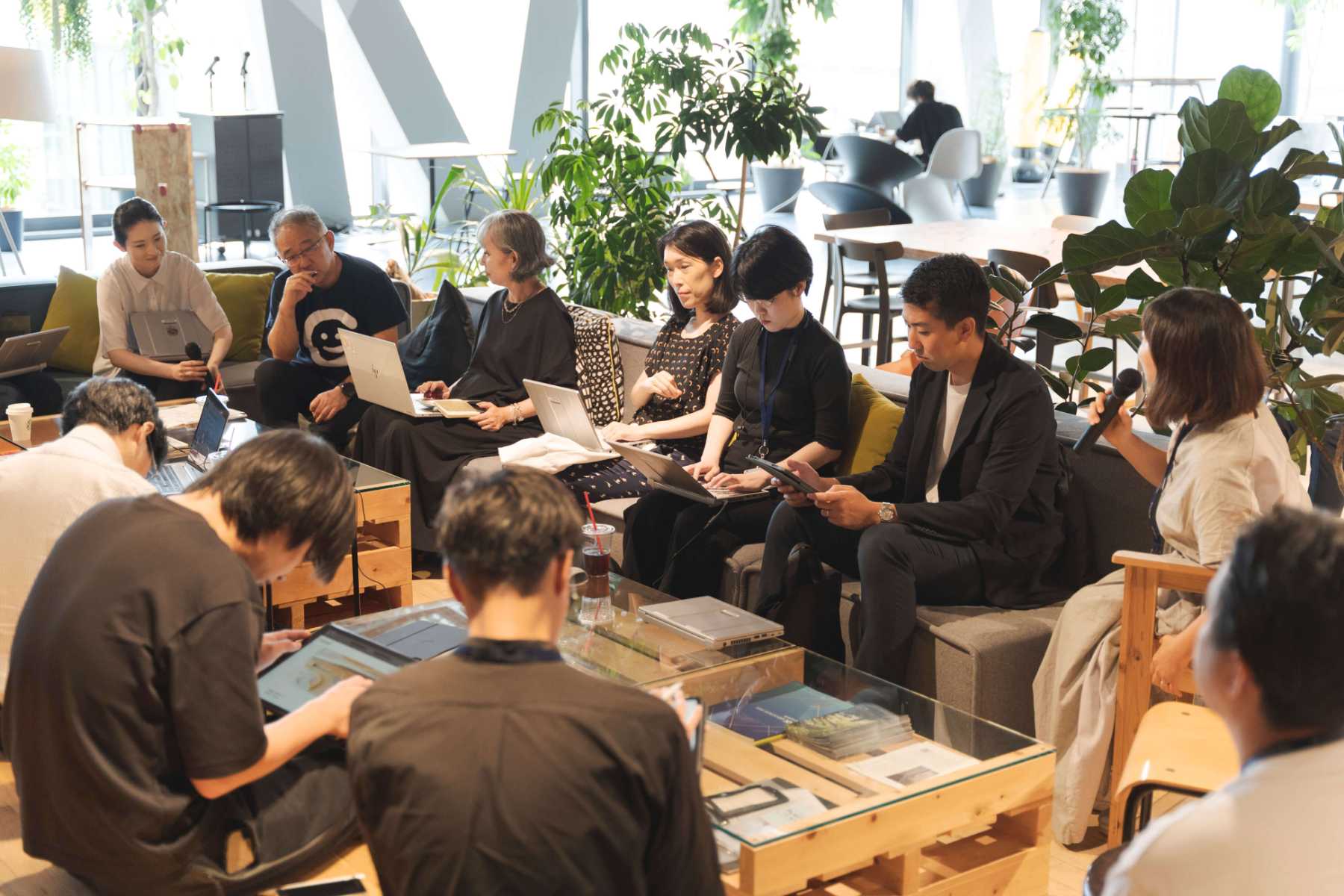
Mr. Irobe
Attached by management staff. All posters use UD fonts. In order not to spoil the atmosphere in terms of design, we have tried to create expressions that will make visitors feel comfortable and aware.
Yokota
How do you convey this awareness to your staff?
Mr. Irobe
It's all about "trying to understand the person in front of you." When I think about the people who have come all the way to enjoy this place, I think, ``It feels good to say things like this, and I think they will accept it honestly.''
Kajimura
Have you hired any new staff since opening? I think that as the years pass, people change and the enthusiasm gradually fades, what do you think?
Mr. Irobe
There is a yearly plan for training, and I think it is. It can't be helped that things fade away every time someone comes in, but it seems like there's a little bit of something to be conveyed, and from the outside, people often say, ``The staff at Copal has a really nice atmosphere.'' I wonder if that kind of mindset is connected to each behavior and word and deed, and I wonder if people can sense it little by little and gradually get closer to it.
Murata (Creative Headquarters Planning Center Planning and Development Department)
After hearing today's valuable story, I would like to know more about Mr. Irobe... What was your background in becoming the director of the museum, and if there is any perspective that you have gained from working in a different field?
Mr. Irobe
I was an elementary school teacher for 36 years. I was due to retire in two years, but when I heard about Copal, I was excited. To be honest, I was surprised, and realized that this is something I really wanted to do, so I decided to take the plunge. I'm glad I actually changed jobs and went 100-0.
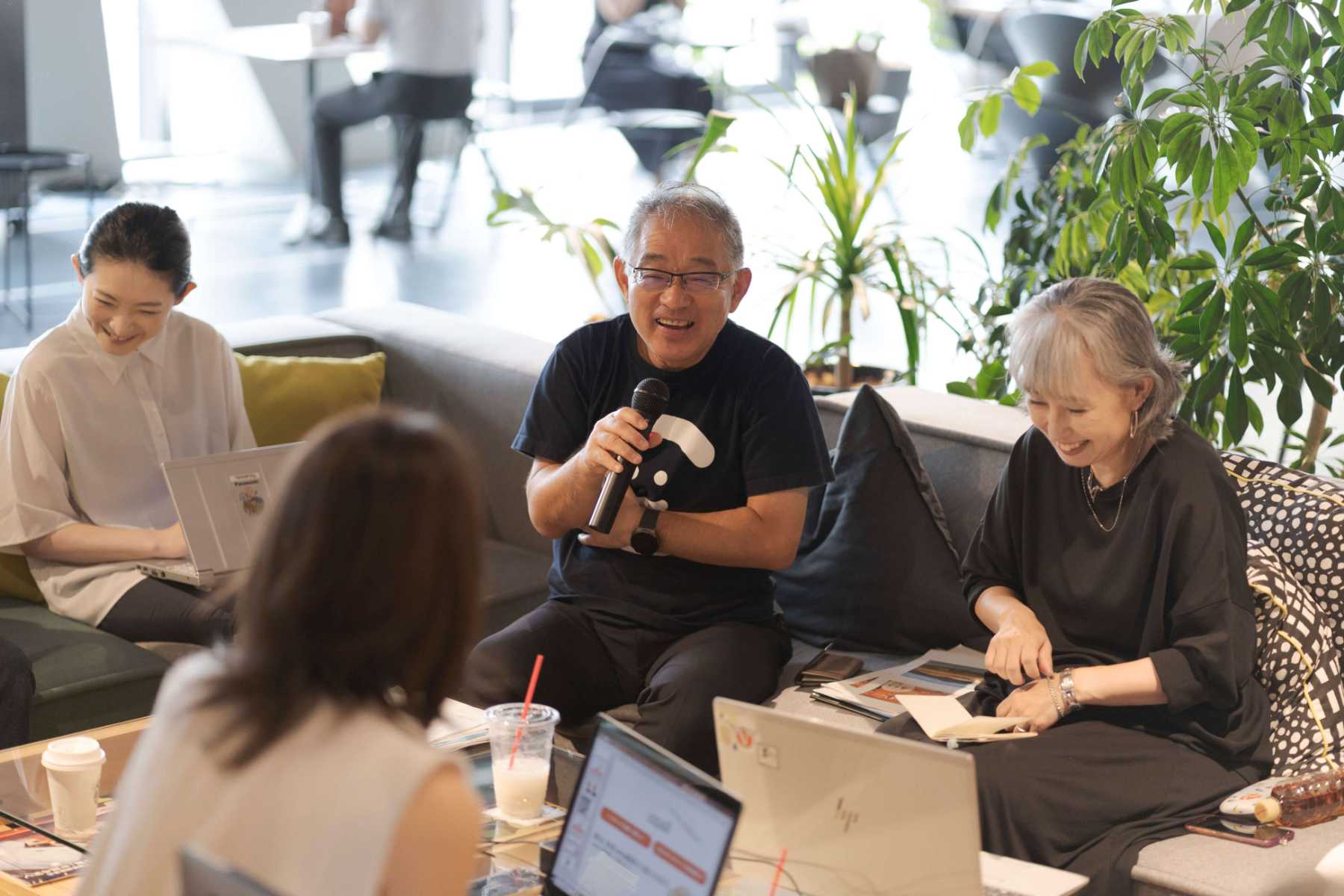
I attended an elementary school in Yamagata City, but as a special case, a prefectural special needs school was housed in the same school building. Looking back, it was an inclusive environment on a daily basis, so it came naturally to me.
Kakutani (Business Production Headquarters, First Management Department, Public-Public Partnership Project Development Department 1)
I am involved in the management of museums, etc., and I found Mr. Irobe's ideas to be very fresh. In particular, I feel that the company has created a good system that motivates its workers. How was it designed that ``if you take attendant training, you will be certified by the mayor''?
Mr. Irobe
I think it was an idea within the team. I believe that the idea that ``this is a facility where the mayor supports us'' rather than ``just working'' is connected to the motivation of the staff.
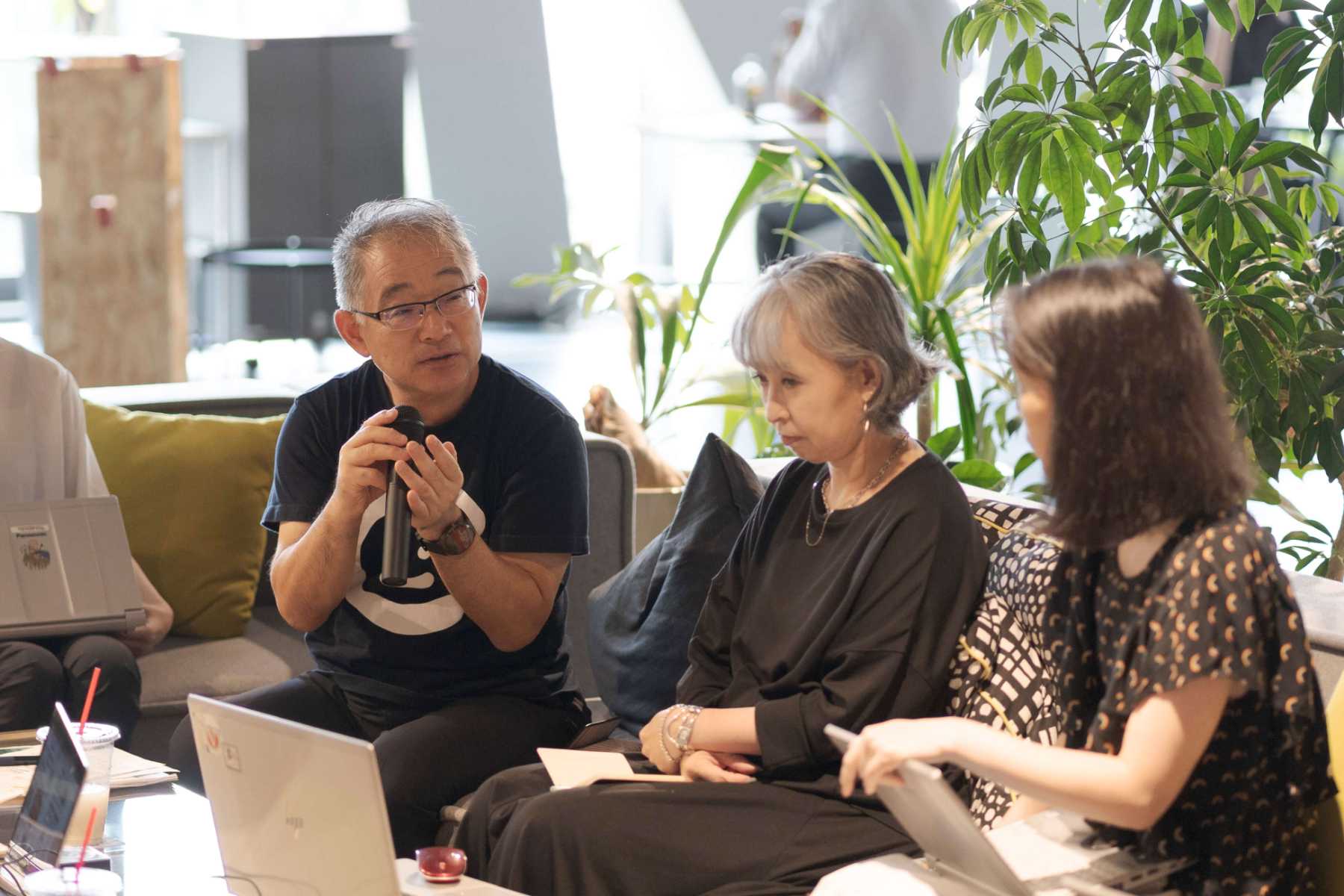
Satake
Changing the topic a little, Mr. Irobe, if you were to replace "inclusive" with another word, what would you think of?
Mr. Irobe
"From one person's joy to everyone's happiness"?
Matsumoto
I think that inclusive design has now become the concept that design should aim for, but looking back, I think that at first it was heart building and barrier-free, then universal design was the next step, and now inclusive design has arrived. Mr. Irobe, could you please tell us how you foresee the next way of thinking and the next way of being?
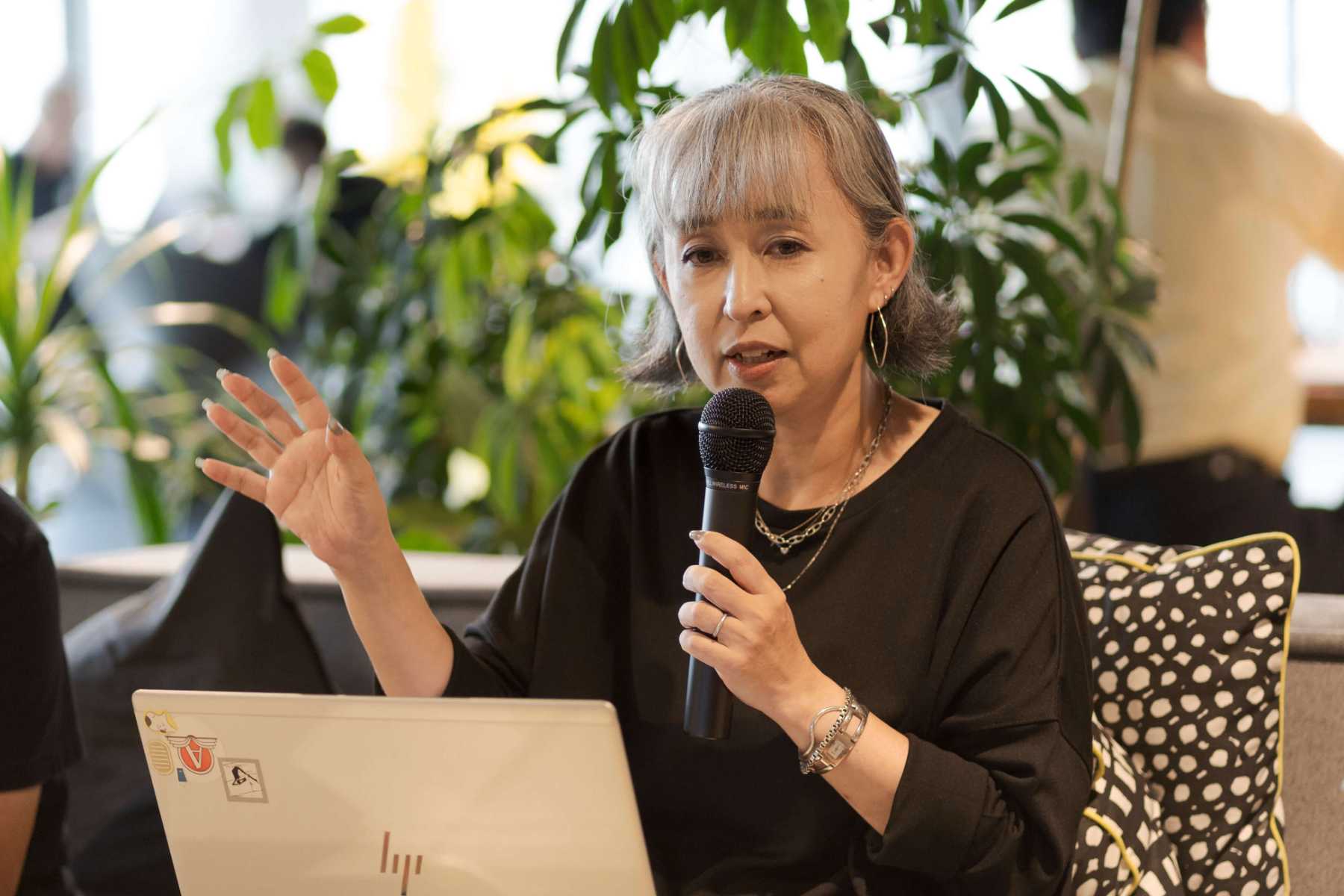
Mr. Irobe
We are thinking about "new human relationships that have never existed anywhere else in the world."
I would like to ask you all. Do you know someone like this?
Not parent and child. Not even brothers. Not even relatives. Not even my boss or colleague. Not even a business partner. Not a lover or mistress. Not even friends. We don't even know each other...
Are there any other relationships other than this?
People who don't fit into any of these categories. They may be people you never have anything to do with or are even aware of their existence. However, when I meet someone through something, I want them to understand me. ``I really want to know more about the other person,'' I think. ``I want that relationship to remain the same forever.'' Are there people like that?
Actually, after Copal was established, I started to have this feeling in myself, and I started thinking, ``Isn't this an ``inclusive relationship''? That's why I believe that it is possible to have an inclusive relationship, similar to that between a parent and child or a sibling.
You may or may not be able to meet such a person, but I think that if such a new human relationship existed, it would be possible to have such a relationship. If that happens, we will have the first ``inclusive human relationships'' in Japan or the world, born out of an inclusive society. I think that's what makes it so appealing.
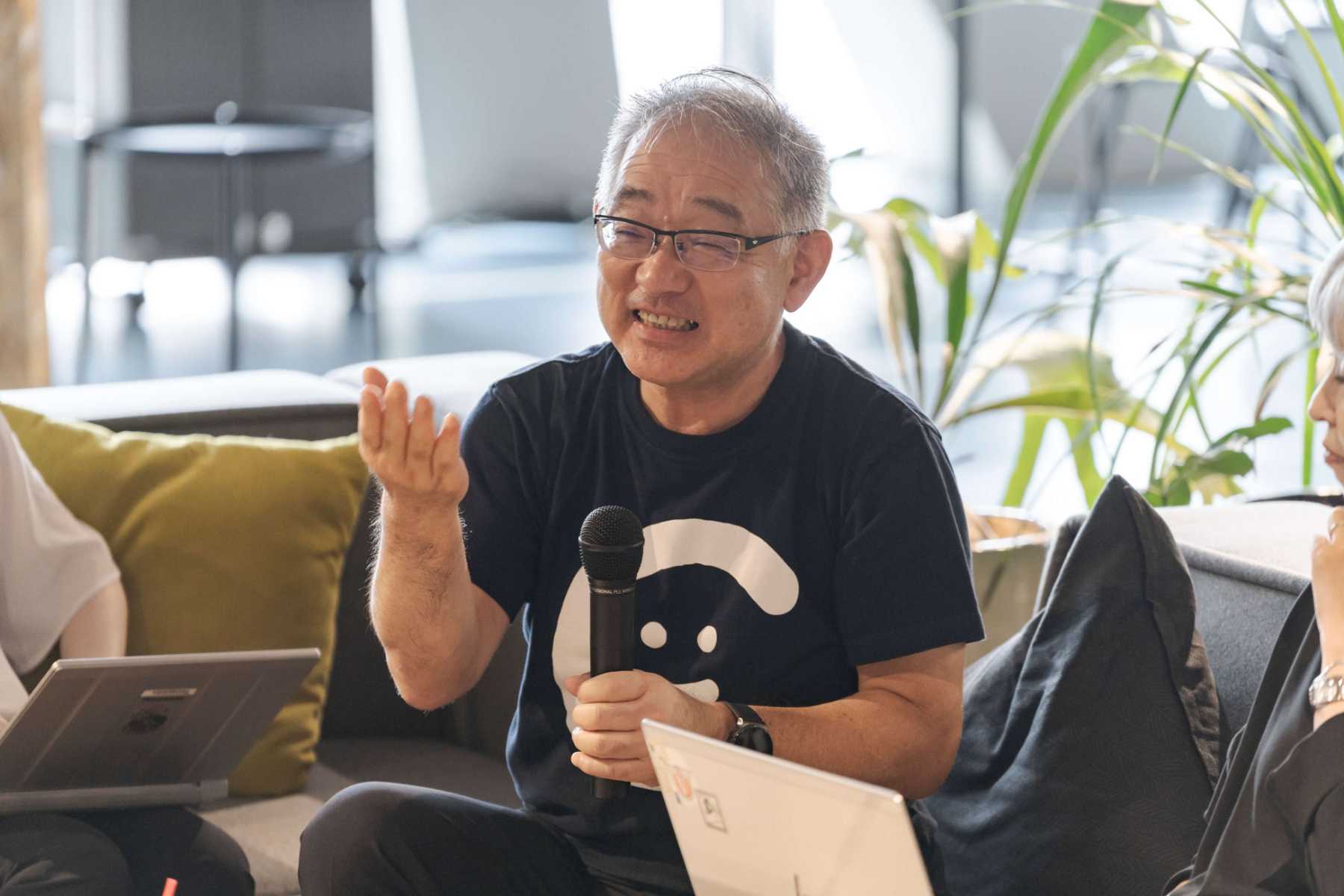
Matsumoto
Does it feel like a new way of relating?
Mr. Irobe
I think that until now, if there was a ``certain person'', what kind of relationship we had with that person might have been applied to the relationships we had before. ``If it doesn't apply to you, it's no good, and you can't continue that relationship.'' However, if there is an ``inclusive relationship,'' I believe that a relationship can be created where people notice and are noticed, and a relationship that has great meaning in that person's life.
Satake
It all starts with Copal.
Yokota
A picture that came to my mind was that as ``inclusive relationships'' spread, a circle of peace would spread gently from Copal to the region, to Japan, and then to the world.
This time, through Mr. Irobe's story and the firm beliefs hidden in his gentle personality, I was able to realize that the appeal of Copal is increasing and expanding day by day. We believe that this will be an important hint that is common to all types of facilities where we work on space creation. From now on, we would like to think about how we can incorporate ``heart-inclusiveness'' into space creation projects, not just hardware and software.
Mr. Irobe, thank you very much for today.

Like this article?

